|
Also available for Wii, 3DS, Wii U via Virtual Console (Japan only), and Switch I've been a huge fan of the Fire Emblem series for more than a decade now. Truth be told, it's not only my favorite Nintendo franchise but my favorite video game series in general. I absolutely love the in-depth world building, the robust character development, the rich narratives, and the intricate strategies involved in obtaining victory while minimizing casualties. I love the optional recruits that you can easily miss if you don't bring the right fighter to the right battle, if you forget to visit an out-of-the-way village, or if certain characters fall in battle. As my favorite series, it's been a longtime goal of mine to collect every game in the series (as of the post date, I'm only missing Binding Blade on GBA and New Mystery of the Emblem on DS). When a buddy of mine hooked me up with a copy of the original game for a damn cheap price, I was ecstatic and couldn't wait to play it and see where my beloved series began. Having previously played both Shadow Dragon and Mystery of the Emblem, this was my third time experience the story of Altea's betrayal and Prince Marth's journey to avenge his family and free the world from the eldritch grip of the earth dragon Medeus. The basic story is that the Kingdom of Archanea is a sacred nation tasked with protecting the peace of the continent of the same name. 100 years before the game's setting, the "Shadow Dragon" Medeus led the armies of Dolhr in an invasion of Archanea, shattering the world's peace and plunging the realm into darkness. That is, until a young hero fro Altea named Anri rose up and smote the dark Medeus with the divine blade, Falchion. 100 years later, Medeus is resurrected by the "Dark Pontifex" Gharnef, and he leads the armies of a small handful of nations he's either conquered or coerced into allying with him and conquers Archanea and Altea, slaying Altea's King Cornelius, descendent of Anri, and sending Altea's Prince Marth into hiding in the allied nation of Talys until, years later, war comes to Talys, too, thrusting Marth onto the world's stage as humanity's last hope to defeat Gharnef and Medeus. Being an older game for Nintendo's 8-bit titan, I expected the game to be much more basic than the later entries to which I'd gotten used. I supposed I allowed myself to be spoiled by the Super Famicom's Mystery of the Emblem, however, because I was surprised at just how primitive, for lack of a better word, Shadow Dragon and the Blade of Light was. Gone was the available paths when you select a character; you just have to keep pressing the D pad until it won't go anymore to see where you're able to move a selected unit. Gone are the highlighted squares of possible attack; you have to cycle through selected enemies until you pick one you want to attack. Gone are battle previews, giving you a glimpse of how you'll fair against a given foe before committing to the attack. Your storage caravan isn't gone completely, but it is dramatically changed and rendered a chore to use. In subsequent titles, you had the option to storing or withdrawing items in storage when you're selecting your units to deploy prior to starting a mission. In this game, however, the only way to use the storage caravan - storing or taking - is to visit a storage building on the battle map, wasting turns as well as leaving yourself vulnerable to attack. That's not all that was omitted from this first title, however. I quickly discovered that this inaugural game lacked the feature central to all of my Fire Emblem tactics. Gone is the weapon triangle, a staple of Fire Emblem's tactical system. You can't count on swords to have an advantage against axes, axes an advantage against spears, and spears an advantage against swords in this game. It does, however, still feature the weapon type weaknesses. By that I mean that bows are still especially effective against flyers, Armorslayers still deal extra damage to armored units, Kill weapons still have higher critical hit rates, etc. The absence of the weapon triangle was probably the most stark and unexpected different, to be honest; I had to change the way I approached strategies completely. While it's true that I consider all of those to be negative things, I want to caution you, dear reader, against forming an opinion on the game already, and I say that for two reasons. First and foremost, I haven't talked about the things that the game does brilliantly yet. Secondly, it's not entirely fair to judge the game too harshly on those omissions; it is, after all, the first game in the series. There were no succeeding or preceeding games to established what is or is not a "staple" of the series. The first game in a series on the company's first console should expected to be rather rudimentary in comparison to its later iterations on more powerful hardware. It's definitely hard to go from newer Fire Emblem games back to the original, but that shouldn't invalidate the original as a worthwhile SRPG. Now that we've talked about some of the weaknesses of the game, let's talk about some of the positives. It is, at its core, still the same Fire Emblem that even the recent Fates is. Yes, it's a bit bare bones in comparison, but it's still the same core turn based grid tactics at its heart. Even without the weapon triangle, careful strategies are still needed, especially in the later stages when most of your enemies have extremely high defense or are literal fucking fire breathing dragons. The story, however, as is par for the course with Fire Emblem, is excellent. Being on more primitive hardware and the first game in the series, the character development isn't as rich or in-depth as in later remakes, but the narrative is still fabulous, and you really get a sense for the gravity of the world's situation. The visuals are quite good where character models are concerned. The environments can feel a bit bland and same-y, but you do get a fair variety, going from islands to plains to mountains to desert. Unfortunately, there are a couple of complaints I have with the game that go beyond its status as first of the series and limits of the hardware. These complaints are pure design choices of which I question the efficacy. Let's start with my lesser gripe. There's no ability to grind whatsoever. This isn't unheard of in Fire Emblem games - if memory serves, the first game in the series to have an option for level grinding if your fighters are underleveled was Awakening - but that doesn't negate the fact that an RPG with no real ability to grind for experience is a recipe for brutality. You have arenas in a few towns in which you can try to grind out some exp, but if you don't get stuck until a mission without an arena, you're up a creek without a paddle. My bigger complaint, however, is with a design choice that has remained in subsequent remakes including Shadow Dragon on the DS - the acquisition of Starlight. To defeat Gharnef, you MUST have the spell Starlight because that's the only thing that can damage him through his Imhullu spell. You have to defeat Gharnef not only in order to clear a mission towards the end but also to get Falchion, the only weapon that can slay Medeus in the last battle. If you don't have Starlight, you can't kill Gharnef and get Falchion; if you don't have Falchion, you can't kill Medeus and finish the game. The problem comes from the assembly of Starlight; you must bring the Star Orb and the Light Orb to Gato so he can fuse them into the Starlight tome. These two orbs, along with the optional Earth Orb, are in a shrine in which you fight a battle towards the end of the game. One of those orbs is a drop from an enemy that you need to kill. No problem. To get the other one, however, you have to pick the right chest out of eight on the map, and these chests are hidden behind four doors - two behind each door. If you didn't bring a thief, or if your thieves are all dead, or if you don't have any keys to open doors, guess what? You literally can't finish the game. Your only option is to start all the way over at the beginning of the game. That fucked me over HARD years ago when I was playing Shadow Dragon on DS, so I knew to keep this in mind when playing through this game and Mystery of the Emblem, but it still seems like a really dick design choice to me. I know I've spent more screen space talking about negatives than the positives, but this really was a good game. It's rather slow paced and not particularly exciting when compared to the later games in the series, but Fire Emblem: Shadow Dragon and the Blade of Light really isn't a bad game. It's just rather primitive by more modern standards. Because it's been remade three times (Mystery of the Emblem is an enhanced and expanded remake on SNES, New Mystery of the Emblem is a remake of THAT on DS, and Shadow Dragon is a straight remake of the original on DS), I can't recommend this for anyone except hardcore fans of Fire Emblem (like me) or hardcore Famicom fans/collectors, but it ought to be respected as a good first game and the progenitor of a legendary series, especially since to the best of my knowledge, there hadn't been a game quite like this before. Nintendo wanted to blend the strategic depth of Famicom Wars with the narrative and role playing depth of Final Fantasy and Dragon Quest, and Fire Emblem was the result of that idea. I'm glad I played through Shadow Dragon and the Blade of Light so say that I did, but it's definitely not a game I'm planning to revisit in the future. My Rating - BAlso available on Windows Man, I wanted to like this game. I really did. I knew before I bought it that it was getting garbage reviews, but that didn't phase me. I usually have a thing for games that get trashed by critics. Remember Resident Evil: Operation Raccoon City? That game got eaten alive by critics, but when I played it, I thoroughly enjoyed it. I expected Umbrella Corps to be the same. Alas, it wasn't meant to be. The real tragedy about this game, though? It was almost good. They were SO CLOSE to making an amazing game. Unfortunately, as they say, "close" only counts in horseshoes and hand grenades. As the second of the "You're Umbrella" Resident Evil spin-offs, I had high hopes for Umbrella Corps. Operation Raccoon City essentially played like Left 4 Dead: Resident Evil Edition, and I was hoping for more of that with Umbrella Corps. This game plays more like Counter-Strike: Resident Evil Edition, and that could still work. I mean, Counter-Strike is awesome, right? Resident Evil is awesome, right? Give me Counter-Strike tier shooting mechanics with Resident Evil zombies, and bam, you've got a badass game. Right? Well, that's how it should have worked out. Unfortunately, if we're going by school grades, this game gets a 59 in every category - one point from passing. Let's start with some of the few positives, however, before I tear the game apart. It looks nice. I mean, visually, the game's pleasing to the eyes. The guns sound cool albeit rather generic. It's immensely satisfying when you a kill a zombie. That really rewarding "click" sound that Call of Duty gives you when you shoot another player? There's a similar sort of sensation when you kill an enemy here. Unfortunately, that's where the positives end. I'd love to talk about the multiplayer as a potentially redeeming aspect, but I can't do that either, and there are two reasons for that. The main reason is that it's nigh impossible to find a multiplayer match because as far as I can tell, literally no one plays this anymore, at least not on PS4. I spent a solid hour Saturday trying to find a match. Nothing. Nada. Zilch. Every game mode, both ranked and unranked, and I couldn't find a single other player, let alone enough players for a game. The other reason I can't list multiplayer as a positive is because when I could find a match - months ago back when the game first came out and we hadn't admitted to ourselves how much it sucked yet - it was total rubbish. Imagine a third person Counter-Strike plus zombies. What I mean by that is that the game is entirely PvP but with zombies running around trying to eat you as well. That would be all well and good if the maps weren't barely sized well for 1v1, let alone 4v4 (plus zombies). The matches felt crowded, and the spawn locations for players and zombies felt like Capcom couldn't decide if they wanted to make a PvE game or a PvP game so they decided to do both at the same time and fail at both. Since multiplayer is a no-go, let's talk about single player. Unfortunately, single player isn't much better. The only thing that really makes it better is that it's actually functional. The story of the campaign - if you can really call it a story - is that you're some "elite" Umbrella soldier who's in training. For your training missions, Umbrella sends you on a series of assignments with limited ammo to test you. Or something. The story is as paper thin as a Mario platformer to be honest, so I stopped reading the prompts after like mission 8. Anyway, there are 24 missions, and I got through mission 14 before I said fuck it and quit. Half of what makes the single player so disappointing is the control. The aiming just incredibly jerky, and no amount of tinkering with the sensitivity settings can give any semblance of smoothness or fluidity to your weapons. At least the game gives you the option of some aim assist, but even though there's a pretty dramatic amount of aim assist, the aim is SO jerky that it can still be somewhat difficult to get a shot where you want it, and it often feels like it just goes wherever it wants. You can line up a shot on an enemy's head perfectly, and half the time, it'll still either miss or hit the chest. Then there's the melee hit detection. You've got a melee weapon that - for most foes - is a one hit kill. Unfortunately, the weapon seems to have a mind of its own. Sometimes it hits exactly as it should. Other times you can watch it go clean through an enemy and do no damage, giving the zombie a perfect opportunity to take a quick nibble on your face. If you haven't been able to tell from the number of "You Are Dead" screenshots, this game is excruciatingly difficult. I know that I've been coddled by easy games for years now, but I can't help but feel as if Umbrella Corps goes a bit far. The whole game does feel a bit unpolished; maybe Capcom just forgot to add some difficulty settings and didn't bother patching them in because the game sucks and no one bought it? Either way, the word "Difficulty" is nowhere to be found in the options menu. What you see is what you get, and what you see is a two hit death if you're lucky. If you're unlucky and come across one of the especially mutated foes - such as our friend, Mr. Death-Star-Vagina-Face up above - you'll go from full health to meat paste with the flick of his zombie finger. To make matters worse, the mission design fucks you over, too. Remember how I said there are 24 missions? Each one is divided into a handful of rounds, each with its own objective. Sometimes you have to kill a certain number of enemies to collect DNA samples. Sometimes you have to find a certain number of briefcases. Sometimes you have to take and defend a certain number of checkpoints. The objective varies, but at no point do any of them ever feel like anything more than side quest fodder. Anyway, there are no checkpoints between these rounds. Let's say you get all 20 DNA samples in round one, find all five briefcases in round two, and are on your fourth of five control points in round three when a zombie dog spawns behind you - because the enemies spawn infinitely and at random locations - and hits you twice, killing you before you're even able to turn around and see what's eating you. You go all the way back to the beginning of round one. I understand challenging gameplay, but it seems like they could have at least given an option to add checkpoints to folks who are either trash as the game (like me) or don't enjoy it enough to put up with that type of bullshit kill (also like me). Resident Evil: Umbrella Corps could have been so good. It was almost a good game. It really was. Unfortunately, it's like when you write a really brilliant essay for a class but turn it in without proofreading or editing, so your professor reads what otherwise might have been a good paper but can't get past using "there" instead of "their," "u" instead of "you," "to" instead of "too," and the lack of any punctuation or indention whatsoever throughout the entire paper. Like, the content of your paper might be great. Too bad the format and mechanics of your writing are too dumbass bullshit for anyone to make heads or tails of it. As a long-time and hardcore Resident Evil fan, this game legit hurt my feelings. You led me on, Capcom. I believed all the sweet talking and grandiose promises, and all you did was stand me up to sleep with my brother and give me herpes. My Rating - DAlso available on Switch, PlayStation 3, PlayStation 5, PlayStation Vita, Xbox Series X, Android, Windows, OSX, and Linux Hotline Miami is a game that I'd been meaning to play for a long time - I downloaded it on my PlayStation 3 years ago and never got around to playing more than a few levels - but had just never made the time for. In this week leading up to the Switch's launch, I figured it was as good a time as any to bash some skulls in while wearing a chicken mask. I had imported a copy of the disc release from Japan a while back (it also included a download code for Hotline Miami 2, but since it's a NTSC-J code and I have an NTSC-U PS4, that didn't do me any good. Plus it was used and idk if the code was still good), so I threw it in the PlayStation yesterday morning and started seeing how far I could get. One of the first things one should notice - from the box art if nothing else - is that this game is absolutely dripping with style. It's like a cross between a slasher flick and an action movie left to soak in liquefied 1980s for about a week. Everything from the use of vibrant and diverse colors to the groovy af soundtrack to the character design and dialogue just scream stereotypical 1980s, and there's absolutely nothing bad about any of that. The soundtrack especially is a true treat. You're really doing yourself a disservice if you're not playing this with some kind of a sound system. Screw headphones, man; you want a sound bar and subwoofer if not a full surround sound system for this one. It's not THE best soundtrack I've ever heard in a video game, but it's definitely in my top 5. After the style, the next thing one is apt to notice is the gratuitous gore in this game. The basic premise of the game is that you're getting mysterious messages left on your answer machine that tell you go to somewhere and kill a bunch of Russians in brutal fashions. Sometimes you just shoot them if that's the weapon you have on hand, and unless you're using a shotgun, that's relatively minimally gory. Sometimes you have a lead pipe and crack their skulls open. That's going to leave some blood and bits. If you're unarmed, you can punch them down and then sit on them, taking their skulls and bashing them into the floor repeatedly until they splatter like a watermelon. That's a good stuff; it's like popping a water balloon. This is definitely not a game you're going to want to play near your children, parents, or anyone even remotely faint of heart. At least it uses a pixel art style, so it's not quite as gory as Mortal Kombat, Sniper Elite, or No More Heroes. In all seriousness, though, this game gets pretty heavy with the subject material, and I'm not just talking about the violence. In one of the early missions, you find a clearly abused and raped young woman in the back of a Russian mob hideout. As the game progresses and things start to seem more and more dreamlike, you talk to men who have been shot in the head, men who are missing eyes, your murdered best friend/guy who hooks you up with pizza and VHS rentals. You're forced into dimly lit rooms with masked people asking you uncomfortable questions that make you question what is real and what isn't. It quickly turns from mindless killfest into a legitimate psychological experience that really makes you begin to question what you're doing and why. The game's difficulty is one of the things that I think is the most well done. Hotline Miami is very tough, but it's very fair. With the exception of the fat black guys, you die just as easily as your enemies, and careful planning is usually required to pass each stage, but it's only a matter of finding what that "right" strategy is and implementing it rather than some ridiculous luck based bullshit or a insanely difficult skills that must be mastered. It's the kind of game that you WILL get through with enough patience and willingness to keep trying again and again. Hotline Miami isn't a revolutionary game, but what it does, it does very well. The narrative can be a bit obtuse at first, but like a good drama, the piece slowly being to click together. Once those piece do start to fall, you discover that what you once thought to be mindless killing is actually a story of a man held captive by threats from a powerful organized crime syndicate, a deep web of corruption, and the torment of one's own conscience at the things one was forced to do. It's not going to be everyone's cup of tea, and there are going to be those who think I'm ridiculously overanalyzing the game's plot, but I thoroughly enjoyed the game in all regards - gameplay, visual presentation, soundtrack, narrative, the whole nine yards. I definitely recommend this one, and it's available on a huge number of platforms. My Rating - BAlso available on iOS and Android Final Fantasy Tactics is one of those mythic games that I hear all about how amazing it is and how I need to play, but because it's so beloved, it's hard to find in the wild, and it's never been high enough on my priority list to go out of my way to order it online. Well, I was in Lost Ark in Greensboro a few months ago, and I saw a copy of the PSP port CIB for like $10. I had just gotten a PSP, so I was like "Why not?" Then, as I do with most games, I proceeded to leave it on my shelf completely ignored until a few weeks ago when I finally decided to see what all the fuss was about. Having now finished the game, I still have no idea what all the fuss is about. I know that my opinion on the game is going to be pretty unpopular, so let me stop here and say that I tend to be pretty picky about SRPGs. To make an impression on me, a strategy RPG must do at least one of two things - give me a sense of an epic battle or make me connect with and care about the characters. Fire Emblem - the gold standard for SRPGs as far as I'm concerned - ALWAYS does the latter, and it usually does the former, as well. Valkyria Chronicles hit both masterfully. The newer XCOM games don't really have character to fall in love with for the most part, but it definitely makes the battles feel epic af. Final Fantasy Tactics? It didn't really do either for me, and that made the game a chore for me. It's a game with a lot of love from its fans, however, so I wanted to do right by it and see it through to end before making a final judgement of my own. I don't think Final Fantasy Tactics is a bad SRPG. On the contrary, a lot of the game impressed me quite a bit. The game mechanics, in particular, are extraordinarily deep if you're the type who enjoys diving into such things. Unfortunately I'm neutral on how deep game mechanics go as long as I have fun playing it, so that wasn't really a plus for me, and the learning curve is about as steep as food prices at a football game in the North. Again, some folks like sadistic gameplay. That's what's made From Software boatloads of money. I'm not one of those folks. I like challenge with some genres (like SRPGs), but there are a couple of difficulty spikes in this game that were just...painful. Overall the game was manageable if you knew what you were doing, but those few story missions along with a few random encounters seemed rather unbalanced to me. My biggest complaint with the game, however, are much more subjective. Simply put, the story bored me, and the character designs were unappealing to me. The story felt very cliché, and I know that's an unusual complaint to make about Final Fantasy since that series practically established most of our RPG clichés, but at no point did I feel at all invested in the game's story. The characters didn't interest me, the story didn't interest me, the attempts at tragedy didn't interest me. The entire narrative just felt very two dimensional and hollow. The character designs are a much bigger nit pick. While I applaud the very artistic hand-drawn looking style, there are two things that really bother me - no one has a nose, and even the cut scenes, their hair looks like overly greased plastic. Especially the nose, man. It's like if you tried to make a Shakespearean fantasy movie and cast Voldemort for every single role, just giving him a different wig - made out of plastic - to wear for each character. Yes, I'm making a mountain out of a mole hill; yes, the character designs really did bother me that much. Final Fantasy Tactics: War of the Lions really isn't a bad game. It's not. I certainly don't think it deserves the adoration it's gotten over the years, and I suspect that nostalgia leads a lot of gamers to remember it as being better than it really is (which is true for all of us with one game or another), but it's a competent albeit generic and rather monotonous SRPG. The difficulty could use some scaling (or setting options) to make it more approachable, and the characters are about as flat as Reagan's EKG, but if you're a hardcore Final Fantasy lover, then it's not a bad game. Just don't expect Fire Emblem levels of quality, storytelling, or character development. My Rating - BAlso available on Windows Halo Wars is an underappreciated sub-series of the Halo franchise despite the fact that it's actually what Halo was originally supposed to be. Back in the olden days of 2000 and 2001, Halo was originally envisioned as a real time strategy game. Probably realizing that they would be literally ripping off Starcraft (UNSC = Terrans, Covenant = Protoss, Flood = Zerg), they made changed it to a first person shooter. Eight years later, Microsoft says "Hey, that whole strategy game thing for Halo? Yeah, do that." And thus Halo Wars was born, receiving moderate praise and quickly being forgotten by most Xbox players. Fortunately, however, there were enough to justify the release of Halo Wars 2 (we just had to wait another eight years). For those who haven't played the first Halo Wars, fear not; while the second game plays very similar to the first one, the stories in each are completely self-contained, and no knowledge of the events of Halo Wars is necessary to enjoy Halo Wars 2. And that's a good thing considering that I'd completely forgotten absolutely everything about Halo Wars except how good the game looked for a console RTS and how well it controlled and performed for a console RTS. In those regards, Halo Wars 2 continues to impress. The game is beautiful (which, for one of the few console exclusives that the Xbox One has to boast, one would hope), and like its predecessor, it performs far better than most would expect from a console RTS game. Since I've praised the game's visuals and controls and set an overall positive tone for my review, let's get my complaints out of the way. The game's story was okay. That's it. Just okay. There are three Spartans who are featured during the plot (although only two of them get any real exposition), and while their personalities are interesting enough, you never really feel like you get to know them. I know that's typically harder to do with real time strategy games than with other genres, but it is possible; no one who plays through all of Starcraft can tell me that you don't get to know the personalities of Zeratul, Sarah Kerrigan, and Jim Raynor. The story certainly isn't bad, but it's not particularly memorable. It feels like a plot from one of the mid numbered Call of Duty games; not bad, per se, but painfully average. With such a short campaign to boot - only 12 missions that take, on average, 45 minutes each - it's a fun but not particularly noteworthy single player experience. Alright, so on more positives! The battles are EPIC, and I didn't notice any slowdown whatsoever, even with a Scarab tank and 14 Scorpion tanks all attacking an enemy stronghold at the same time. It's also - as one would expect with Halo - very approachable for players of all skill levels with four difficulties. The default is Normal (obviously), and that's not too bad for those with any RTS experience at all. If that's too much for you (and, admittedly, a couple missions can put you in a tough spot if you don't have a strategy), you can bump it down to Easy. For those wanting more of a challenge (or a brutal massacre), you can also raise the difficulty to Heroic or Legendary. I haven't dabbled much with the multiplayer, but the game does allow for co-op multiplayer vs AI over Xbox Live, so if you're a non-competitive person like me, that's perfect and adds a lot of potential replay value. The only downside is that from what I've read, unlike with Gears of War 4, there's no cross-platform play between Xbox One players and PC players, and that's a major let down. The game's mechanics, however, feel very solid, so even without cross-play, there's definitely enough to keep players coming back for more. The base building has a very Command and Conquer feel with a central base hub and building slots in pre-determined positions around that hub. In the past, I've felt rather restricted by that method of base building rather than freely placing buildings wherever I want, but between the first Halo Wars and this one, I've started to get a feel for it, and it's really grown on me. It just...works, you know? All in all, Halo Wars 2 isn't a perfect RTS, but for one on a console, it's damn good. The visuals are beautiful, the controls are tight and solid, and the battles are absolutely epic. It's definitely a must for hardcore Halo fans, and it's a must for fans of RTS games. If you play Halo every now and then and/or think strategy games are pretty cool sometimes, I'd say pass, but if you're a strong fan of either (or, like me, both), you definitely shouldn't pass it up. My Rating - AThis game might need a little bit of introduction. This is a fan hacked total conversion of Final Fantasy based on My Little Pony: Friendship is Magic. I picked this up as an impulse buy at BronyCon 2014 in the vendors' hall when the folks who made the game - NPCtendo on DeviantArt - were selling cartridges. It wasn't cheap by any means - $60 - but for a My Little Pony RPG on one of my favorite consoles and (most importantly to me) made with all original hardware rather than the cannibalized donor carts that I hate so much, it was worth it. Anyway, the game includes references and foes going all the way up through season 4 of the show and through the second Equestria Girls movie. The game progression follows the normal Final Fantasy formula but instead of charging four orbs, you have to recover four of the Elements of Harmony. The items and classes are all the same as Final Fantasy; Twilight Sparkle is your black mage, Fluttershy is your white mage, Rarity is your red mage, Applejack is your warrior, Rainbow Dash is your black belt, and Pinkie Pie is your thief. My playthrough featured the stalwart Bone as the warrior Applejack, the sage Popo as the white mage Fluttershy, the indominable BMF as the black mage Twilight Sparkle, and the steadfast Maru as the black belt Rainbow Dash. What's incredibly impressive, however, is that almost every else has been changed. The world map is completely different to match Hasbro's released map of Equestria, most of the music has been changed to 8-bit versions of iconic MLP songs (although two or three Final Fantasy songs - most notably the venerable battle theme - have been left in). The sprites are all new, and not just the player characters. The NPCs have all been changed to ponies, dragons, buffalo, or sea ponies. On the topic of changed sprites, the enemy sprites have all been changed to either enemies from the show or just generally redesigned foes. You fight parasprites, diamond dogs, manticores, hydras, changelings, bugbears, and even the Ursa Major. The bosses are the most impressive - they're all bosses from the show, and they're extremely well done. You fight King Sombra in the Crystal Empire. You have to fight your way through the Changeling Hive to defeat Queen Chrysalis. You have to travel to the bottom of the sea ponies' castle and defeat the siren Sonata Dusk. You have to fight the fully powered Tirek. They even included as bosses the Smooze and Katrina, enemies from older MLP series. While he's not a boss, Discord makes an appearance as the de facto dragon ruler and grants your heroes their class change. The only major MLP foe that's not included in some form is Nightmare Moon, and since she was just Princess Luna was possessed by a demonic entity of malice, and this took place before that and features Princess Luna as a character, that makes sense. So let's talk about the plot a bit. The story, as I said, is similar to the base Final Fantasy, but it's not identical. Four of the six ponies in the "Mane Six" (since you can only use four characters) get sent back in time roughly 1000 years by a magical anomaly with a portal. During the trip, their Elements of Harmony get scattered, being spread across the land. The girls have to travel across Equestria, fighting a host of foes, to recover their Elements in order to activate the portal and return to their own time. Because shit hit every inch of the proverbial fan in Equestria 1000 years ago, you end up having to save Equstria from several major threats (the aforementioned enemies from the show). Garland in this game is King Sombra, an exceptionally evil and powerful unicorn who conquered the Crystal Empire and plunged it into darkness. Naturally, he's the first boss you fight, freeing the Crystal Empire from his grasp. At the end of the game, of course, he's the final boss as well, though he's now at the peak of his magical prowess and hell bent on slaying the girls (farther) in the past to prevent them from defeating him in his present (1000 years in their past). Naturally, Pony Quest is only going to have real appeal for fans of MLP: FiM, but for those who are fans of the show, it's got a LOT of appeal. I've already mentioned a lot of the enemies from the show who pop up and the music redone for an 8-bit sound chip, but the game is filled with humor based on show references. For example, when you go to Discord to upgrade your classes, there's a random human in his cave with him - the only human in the entire game. When you speak to him, he says "Hi, I'm M. A. Larson. I taught Discord a neat trick!" Now this part requires a bit of explanation. M. A. Larson is one of the writers for the show, and he was the writer for the season 3 finale that ended with Twilight Sparkle ascending to be an alicorn (she had previously been a unicorn) and becoming an immortal goddess. There was a strong negative backlash in the fandom over this change, and a lot of that anger got directed at Larson for writing the episode. Through various convention panels, however, he explained that he hated the idea, too, but that Hasbro assigned him the episode and basic plot, so there wasn't anything he could do. In his characteristic dry humor, he started jokingly threatening to turn the other five main characters into alicorns from time to time, and this turned into a huge inside joke. Anyway, when you talk to Discord with the cane key item (another show reference), he turns all of your characters into alicorns. There's even an NPC in one city who says "I see you met Larson" if you talk to him after your characters all become alicorns. The game also references the fandom joke that Sonata Dusk is completely and totally obsessed with tacos (even though she only mentioned Taco Tuesday once in the movie). For those who don't know, an alicorn is a pony with a unicorn horn and pegasus wings. In MLP, alicorns are immortal gods who must either ascend to godhood from one of the three regular pony races or be born from an alicorn mother. Pony Quest isn't a perfect game, but it's a damn good one for fans of the show, and it's easy to pick up if you're familiar with the original Final Fantasy, complete with the bugs and non-functional spells and special weapon ability bugs. It's clear that the folks at NPCtendo put a LOT of care and effort into this game from arranging songs from the show for NES hardware to drawing new sprites for pretty much every enemy. This wasn't a half-assed project; this was a major labor of love, and even if the items and spells are all the same as the original Final Fantasy along with a few of the musical tracks saying the same, it's clear that they went all out on this one and poured their hearts into it. I've played a lot of fan hacks of games on emulators over the years, but this is without a doubt the most impressive and the most thoroughly redesigned right up there with Pokemon Vega. I can't give these guys enough kudos; this is a love letter to My Little Pony and 8-bit gaming if there ever were one. While they sold the cartridges at BronyCon, they freely distribute the ROM of the game, and if anyone reading this is a fan of MLP, I STRONGLY urge you to play this game. Heck, even if you're not super into MLP but like 8-bit JRPGs and want to see an impressive hack and a bit of the artistic side of the MLP fandom, you ought to check out Pony Quest. My Rating - AAlso available on Switch, Xbox One, and Windows World War II is the single greatest setting for a video game, especially one that involves the wholesale slaughter of hundreds of people. The reason why is quite simple - there is nothing in this world more fun to kill (virtually, of course) than Nazis. They're the epitome of human scum and an exemplification of the dangers of far right wing politics. As a cherry on top, their skulls also pop like balloons if you're playing a Sniper Elite game. For those unfamiliar with the series, Sniper Elite is a series of sniper-centric shooters taking place in World War II developed by Rebellion. The series spans now four games (seven if you include the Nazi Zombie Army spin-offs) on a whole range of platforms. I, for example, have Sniper Elite on Wii, Sniper Elite V2 on Wii U, Sniper Elite 3 on PS4, Sniper Elite 4 on PS4, and Zombie Army Trilogy on Steam and PS4. In the fourth main series installment, you play as an OSS sniper in Italy who is working with the anti-fascist Partisans as well as the Mafia to clear the way for the Allied invasion of mainland Italy in the latter portion of 1943. You're still fighting Germans, but this is because the Italian army was basically non-existent after Operation Compass and Operation Torch and the subsequent collapse of the Axis North African front. Sniper Elite, especially the more recent games, really is the greatest series for stealth/sniper combat. Rebellion has done a masterful job of balancing the game to appeal to literally all skill levels, and they do this in large part with one single feature - custom difficulties. The game already has a handful of difficulty settings ranging from hella easy all the way up to "Authentic" which is a legit sniping simulator complete with gravity effects, wind effects, extremely perceptive and accurate enemies, and no HUD whatsoever. What makes Sniper Elite so great and unique is the inclusion of a "custom" difficulty that you can tweak to your heart's content. My custom difficulty, for example, was to set the bullet physics on bitch mode (since I'm total trash at shooters, ESPECIALLY sniping-with-physics shooters), enemy perception on one notch above normal, and enemy aggression and accuracy on normal. You can also modify your character's health, frequency of ammo drops, your HUD information, sniping aim guide (it's not auto-aim but it shows a red diamond where your bullet will hit when you hold your breath to help you learn the bullet ballistics). It really does ensure that the game can appeal to the most hardcore of the hardcore as well as the most novice of scrubs alike and provide tools for the latter to improve. One of the neatest aspects of Sniper Elite is the different types of kills you can get. Depending on what part of the body you shoot, you may get a special kind of kill which will net you a little more xp. The coveted Testicle Shot is, of course, the most awesome, but you also have the classic Headshot, the more specialized Eye Shot, the Lung Shot, Heart Shot, Liver Shot, Kidney Shot, and even a Grenade Shot if you happen to shoot a grenade on the dude's belt and blow him into tiny bits of Nazi paste that way. If you just shoot them in the toes or something until they die, it will just say "Infantry Kill," but I'd wager that at LEAST half of your kills will end up being some special kind of kill. And really, that's basically the coolest thing in the world. The confirms for you that you LITERALLY shot him in the dick. And that's not all - Sniper Elite has some of the most metal af melee kills I've seen in a long time. Obviously, the graphics are pretty. It's certainly not as stunning as something known for placing graphics above all else like Call of Duty or Battlefield, but it's a pretty good looking game. Especially the Nazi skeletons as they shatter from the force of your weaponized freedom. The music isn't particularly outstanding, but it uses the Sniper Elite theme that long-time players have come to know and love, and the sound design, while subdued (other than the gunshots, obviously), is all around very fitting for the game. One aspect of Sniper Elite that I absolutely adore and simply must point out is that the game lets you play however the hell you want. Obviously it's easiest to play with stealth and long range kills - the game's called SNIPER Elite, after all - but if you want to Rambo it like a dumbass (like I do), you can do it. You better be good at it, but you can make it work. What I typically did was creep around, kill a couple Nazis, creep to a different spot where they weren't looking for me, kill a few more, rinse and repeat until they found me. Then I'd run around with my SMG or revolver until I found a nice little hallway or some similar such structure and massacre everyone who came for me until no one was left alive. Okay, so I left out 30 deaths and a stubborn refusal to play the game like I'm not slower than a nonagenarian in mid-January, but the point is that I did, in fact, shove my head against the brick wall until it broke. And it was freaking awesome. Pretty much everything I've said so far could be described as "Sniper Elite III but more of it," but there is one change that Rebellion made with Sniper Elite 4 that just makes the game kick way more ass. The levels are ENORMOUS. Sniper Elite III had some pretty intricate levels, but these levels are huge. I'm talking the potential for sniper kills at distances of nearly a kilometer if you're a good shot with a good scope. Each mission also includes a whole handful of optional objectives and more collectables than you shake Hitler's decapitated corpse at. I completely ignored the collectables and just focused on the optional objectives, and it still took me about an hour on average to complete each of ten missions. They're gigantic physically, and they're packed full of Nazis to kill, objectives to complete, collectables to find, and democracy to spread. I don't know if the horrible mutilation of Nazis that the game makes possible is coloring my vision or if it really is a damn masterpiece, but I just had endless fun with Sniper Elite 4. The difficulty is so perfectly done that ANYONE can find a setting that they're comfortable with, and the levels are so big that there's legitimate exploration you can do. You might find a little inconsequential Nazi camp to liberate and pilfer, you might find a bunker tunnel that leads to a shortcut you wouldn't have otherwise found, you might find a collectable or a room with a normally locked weapon, etc. The game's also very fair. With only a couple of exceptions, I always knew exactly why I died (it was usually because I was being a dumbass). There are a couple times when I seemingly died out of the blue, but 99 times out of 100, you'll know exactly why you died. Utter bullshit moments are few and far between here. If you're into stealth shooters or third person shooters in general, I definitely recommend you check out Sniper Elite 4. It's a rootin' tootin' Nazi shootin' good time. My Rating - SAlso available on PlayStation 4 Persona 4 is for Atlus what Final Fantasy VII was for Square Enix - just a damn masterpiece that fans can't get enough of. What Atlus did that Square has had trouble doing, however, is meeting that desire for more without making the spin offs...meh. Like Persona 4 Arena, Persona 4: Dancing All Night gives fans of Persona 4 the "more" that we constantly crave while maintaining the quality for which the Persona sub-series is so well known by adding "rhythm game" to the list along with "JRPG" and "fighting game." One of the aspects of Persona 4: Dancing All Night that helps it succeed so smashingly is that it capitalizes on one of the original game's greatest strengths - its soundtrack. The soundtrack for Persona 4 is legitimately god tier, and this game takes that amazing soundtrack and mixes it with the storytelling and characterization that made us all fall in love with Persona 4 in the first place. Not only does it include the most iconic songs from Persona 4, but each song has a handful of truly stellar remixes. These remixes sometimes accentuate the original song's genre, and they sometimes change the genre for an all new feel, giving you choices ranging from soft and melodic ballads all the way to legit dubstep. The musical arrangement for this game really goes above and beyond, even compare to other series' spin-off rhythm games. As was the case with Persona 4 Arena, the actual gameplay, while very well done, actually takes a back seat to the story. If you're familiar with Persona's long and plot-driven dialogue sequences, then you know what to expect; those fill up the space between rhythm sequences and deliver a story that would be right at home in an entirely new Persona game. The story follows Kanamin Kitchen, a quintet of idols with the same agency as Risette, and the Love Meets Bonds festival in which they both perform, making Risette's return to idol stardom after a hiatus following the events of Persona 4. Being a Persona game, nothing goes quite according to plan, and next thing you know, people are disappearing into some "other world" filled with Shadows. Truthfully, you probably won't play this if you haven't already played Persona 4, and if you've played Persona 4, there's not a whole lot new that I can tell you. Take out the combat and dungeon crawling from Persona 4 and put rhythm gameplay à la Hatsune Miku in its place, and you've got Dancing All Night. The writing, voice acting, and art design are all the same high caliber that one would expect from Persona, and visually, the game is pretty much identical to Persona 4 Golden in terms of graphics. The sound, however, as one would expect from a rhythm game, is simply out of this world. I've got the Persona 4 soundtrack from my PS2 copy, but I'd love to get myself a copy of the Persona 4: Dancing All Night OST at some point. As a rhythm game, Persona 4: Dancing All Night is damn good. As a continuation of Persona 4, it's absolutely incredible. It's not the best rhythm game I've ever played, but it's up there, and it's definitely got the best story of any rhythm game I've ever played. Vita collectors, Persona fans, and rhythm game fans, take heed - this is not a game that you want to miss. The Vita has a lot of DAMN good games, and this one is right at home with the best of them. My Rating - AHotel Dusk: Room 215 is a game that is a definite work of art. Love it or hate it, that can't be denied. I had a very rocky relationship with this game during my playthrough. It took me several weeks to get through what really shouldn't be a terribly long game. My problem, which I'll explain later, was that it was simultaneously one of the most interested and least exciting games I've ever played. It's artistic af, though. Hotel Dusk is 1/3 puzzle game and 2/3 mystery novel. You play as Kyle Hyde, a somewhat cynical man who left the NYPD under less-than-glamorous circumstances to become a traveling salesman out west, although your employer also has you do work on the same finding things. What things? All things. We should have Hyde look for Hillary's e-mails and the hundreds of thousands of Democratic voter registrations that up and vanished last year. -political salt intensifies- ANYWAY. You get sent to Hotel Dusk to find some shit, and all of a sudden, every coincidence in the universe happens. Or is it coincidence? As you play, you'll start to unravel numerous seemingly unrelated mysteries, all the while discovering that they actually tie in to one another in some way. The writing is truly brilliant, and that's definitely the game's strong point. Even if you don't care for the gameplay, you need to stick around for the writing (even if it takes you a while like it did for me). The art style is also extremely unique and really fits the game. The (mostly) monochrome design of the characters gives the whole game a very 20th Century noire feel that fits the theme of the narrative perfectly. While most of the music is fairly forgettable in my opinion, two songs in particular REALLY stand out - the music that plays during the recap quiz at the end of chapter and the music when you're asking a character extremely plot-centric questions (denoted by red question marks on the top screen as opposed to the yellow question marks of ancillary questions or the white question marks of the miscellaneous questions). Those two tunes in particular are extremely catchy and will almost without fail get stuck in your head. My biggest complaint with the game is the pacing. I found myself feeling utterly unmotivated to continue playing, and I think the issue was the pacing. I didn't just get bored with all the dialogue; that was actually my favorite part, and I'm a huge fan of pure visual novels besides. What lost my interest was the wandering around and puzzle solving. Some of the puzzles were pretty cool, but overall, they didn't interest me that much. I'm not going to say that the game would have been better as a straight visual novel, but I do think the game would have benefitted from a slightly brisker pace or more thought provoking puzzles. Truly, though, those complaints are rooted more in my personal tastes than any actual design flaws. I'm not saying too much about this game so as to avoid the risk of accidentally spoiling anything, but if you like mystery stories or laid back puzzle adventures, I'd suggest checking this one out. The narrative is truly stellar, and while I found myself getting bored with the gameplay, at no point did I ever get bored with the story. I always wanted to know what happened next. The cast of characters you meet are all well drawn and have their own interesting and cryptic back stories all of which are strands of a larger mystery you must unravel. I wasn't as enamored with this game as some, but it definitely told a damn good story, and that's the single most important thing in my book. My Rating - AAlso available on PlayStation Portable and Xbox 360 I picked this game up on a whim at Gamestop several months ago after seeing it for like $7 in their bargain bin, and I wasn't sure if or when I'd ever actually get around to playing it. I bought it primarily because I thoroughly enjoyed the actual Dante Alighieri's epic poem The Divine Comedy of which Inferno is the first part (followed by Purgatorio and Paradiso for those interested). I've got a thing for Judeo-Christian mythology, you see. I'm not religious, but I find the myths and lore surrounding angels, demons, the afterlife, etc. to be fascinating, so I naturally gravitate towards games that play into that theme. It's why I loved Bayonetta so much and why I'm such a huge fan of the Shin Megami Tensei series. The game obviously takes some creative liberties with Alighieri's work, but for a gritty video game, it's really not a bad rendition. The gist of the game's story is that Dante was a crusader fighting under King Richard in the Third Crusade, and he did some really fucked up shit, and he comes home and everyone's dead, and some dude caps him, so he's all dead and shit, and he's going into Hell to save his wife's soul because she's being punished for his fuck ups. Apparently. For some reason. That part never really did make a whole lot of sense to me. Anyway, that stuff aside, the bulk of the game consists of Dante's journey through the nine circles of Hell, fighting his way towards Lucifer, meeting infamous sinners throughout history (and either absolving them or laughing at their eternal damnation), and confronting his own sins. The game plays like your standard dark, gritty hack and slash. It's basically God of War with Judeo-Christian mythology replacing Greco-Roman mythology. Depending on whether you decide to be merciful or an ass hole, you can either "absolve" or "punish" various enemies and historical figures you encounter during your descent through Hell, and those choices will get you either Holy or Unholy points. You can level each side up to a maximum of 7, and each level unlocks different upgrades you can purchase. In addition to these upgrades, each of these levels grant passive bonuses; Holy levels will power up your projectile cross, and Unholy levels will power up your melee scythe. The visuals are pretty good, and while the sound design is just average, the overall atmosphere of the game is great. While there is some enemy variation as you move deeper and deeper into Hell, for the most part, you'll be fighting the same few enemies over and over again, and that can get a bit tedious. Fortunately, the combat is fun enough that it never really starts to feel stale, and the game is straight up metal as fuck. You kill the grim reaper, you fight a monster that spews demons out of her nipples and has a giant spiked tentacle hiding in her vagina, you literally tear demons in half, you get hit Lucifer's dangly goat penis with a scythe.... Good times. I thought Dante's Inferno was an absolutely fantastic time. I'm probably much more fond of it than the average gamer would be because it just happens to speak to my particular interests, but I had absolute ball with it from start to finish. Only a couple of spots throughout - mostly towards the end - got frustrating. By and large, it was an brilliant experience and a great way new take on a Renaissance masterpiece. It's not a terribly long game - maybe 7 or 8 hours - but it's great fun if you're into gore, hack and slash gameplay, and religious mythologies. My Rating - AAlso available on Gamecube Legend of Zelda is a series that is and always has been near and dear to my heart. I've beaten every game in series except for Triforce Heroes and the three CD-i games at least once, and I'm working on getting every release of every game. I naturally had Wind Waker HD preordered several years back (still have the Ganondorf statue in my game room), but it wasn't until last week that I actually got around to sitting down and replaying it. Don't get me wrong - I'd played and beaten Wind Waker years ago, but that was on the Gamecube, and that was also a good 12 years back. With Breath of the Wild releasing in a month (yes, I have it pre-ordered on both Switch and Wii U), I figured now was a good time to revisit one of the most underappreciated games in the Zelda series and see if it stands up with how good I remember the original's being back when I was a kid. The Wind Waker is for games what the Dreamcast is for consoles - really damn good but torn to pieces by critics when it was current. Fortunately for Wind Waker, however, it's a lot easier to re-release games years down the line when people start to realize what a gem they missed. I mean, it lessens the impact when the system you put the re-release on is your version of Sega's Dreamcast, but let's not split hairs. Before we let the whole "HD" part seep into this review, let's pay proper respect to the OG Wind Waker - it looked fucking gorgeous. The Gamecube was NOT a weak piece of tech, and the brilliant stylistic choice of cel shaded graphics made the visual limitations of the time all but disappear. Because of that cel shaded style, the resolution bump from 480i to 1080p isn't as noticeable as it would be for a game with a "realistic" art style, but Nintendo more than made up for that by buffing other areas of the visual presentation. The colors pop like they never did on the Gamecube, the lighting and fog effects have been completely redone, and environment models and draw distance have been given major overhauls. As I said, the game already looked incredible, but it takes on a whole new life with the TLC that the folks at Nintendo put into this remaster. The music in Wind Waker, of course, has always been the best in the series in my opinion, and playing it through a modern soundbar and subwoofer is like stepping into nirvana. The control, while obviously hindered by the use of an inherently inferior controller (which, really, is any controller that isn't the Gamecube pad), works great. The aiming with your bow, boomerang, hookshot, and grappling hook, is actually dramatically improved with the addition of the Wii U gamepad's gyroscope, allowing you to use the right stick for big movements and just move the gamepad for finer adjustements. The added use of the gamepad's touch screen for item management and map display is also a very welcome addition, letting you switch your equipped items on the fly or travel the Great Sea without having to stop to check your map. In this replay of Wind Waker 12 years after my first playthrough, there are some things that stuck out to me as well as some things that I hadn't noticed as a child. The first is the game's difficulty. I always knew that Wind Waker was probably the easiest of the console Zelda games (perhaps the easiest Zelda game in general), but just HOW easy the combat was had faded from memory. The ONLY boss in the entire game that gave me trouble was the third form of the Puppet Ganon boss. The puzzles were very simple to solve save for one or two, and half of the time I got stuck for any period of time in a dungeon was because I had overlooked something obvious - "right under my nose," so to speak. What surprised me the most, however - and this hurts to say as an avid Zelda fan - is how quickly the game wore out its welcome for me. By the time I reached the Tower of the Gods, I was about ready to be done, knowing full well that I was only about halfway through. I think I didn't feel that way as a kid because of how incredible the freedom to explore the Great Sea felt coming off of Ocarina of Time and Majora's Mask, but truthfully, the sailing got tedious this go around. What really killed my enthusiasm for the last half of the game was primarily two things. First, as anyone who's played the game can guess, is the god awful Triforce shard fetch quest. It is, thankfully, streamlined a bit in the HD remaster, but it's still a pain in the ass, and it still feels completely pointless. The second - and bigger - enthusiasm killer for me tied into the Triforce shard hunt, and that's the game's reliance on randomly stumbling upon places and side quests for things that are required for the story. I know that secrets and puzzles are Zelda's thing, but some of the things in Wind Waker felt excessive. Having to have the Power Bracer to get the Earth Temple, which you can only get if you have the Ice Arrows and Fire Arrows, which you can only get if you have the cyclone teleport song, which you can only get if you shoot the pissy cyclone god enough times who only appears if you stumble on the gigantic cyclone in the sea. Putting a Triforce shard on the Ghost Ship which you need Ghost Ship Map to find which is hidden in a random dungeon on a random island with no other significance. I might just being whining like a bitch here - which I'm wont to do - but the amount of things that you'd have to be extremely lucky, extremely thorough and with a great memory, or use a walkthrough to find just in order to progress the main quest seemed over the top. Now that I've voiced my gripes with the game, let's talk about the positives. The combat in Wind Waker is, in my opinion, the most fluid, fun, and natural feeling of any Zelda game, and that's a definite plus. It's legitimately FUN to kill enemies in this game. If you're in an exploration mood, there are a LOT of secrets on the Great Sea to find, and it's a HUGE sea to explore. The Zelda series is long known for its lore and ability to take the same base story and make it interesting every single time, but Wind Waker excels in that especially in my opinion, second perhaps only to Skyward Sword or Link to the Past. One of my favorite aspects of Wind Waker - which, to the best of my memory, is absent from every other Zelda game - is the survival gauntlet hidden on Outset Island. Yes, the first 30 floors are required for a Triforce shard, but there are another 20 floors beyond that, each floor more difficult than the last, on which to test your mettle. For a game with combat this well done, that might be my favorite optional feature of all. This is a kiddie game on a kiddie platform, right? Dude got stabbed straight in the face with a sword; that's metal af.Having replayed it years later and as an adult, I don't think Wind Waker is nearly as good as many of my friends say it is or as even my own memories say it is. That doesn't mean that I think it's a bad game - it's one of the best games of the 6th generation - but the nostalgia glasses are real for me on this one, folks. I absolutely recommend playing through Wind Waker, either on Wii U or Gamecube, if you're into Legend of Zelda and haven't played it yet, but keep a walkthrough handy for when you inevitably get frustrated with the damn Triforce hunt or the other ridiculously well hidden required items. My Rating - AI never thought I'd see the day that I actually had something positive to say about a mobile game, let alone take the time to write about one. Someone might want to record what I'm about to say because I'll probably never say it again - I played a game on my cell phone, and it was freaking incredible. There, I said it. I still stand by my general rule of "Mobile phone games are for trash plebs," but there's an exception to every rule, and this is the exception to that one. When I first heard Nintendo announce a Fire Emblem game for iOS and Android, I was more than a little skeptical. Fire Emblem is my all time favorite video game franchise; how could they sully its glory with mobile filth? However, I've learned to trust Nintendo; they're not infallible, but even when the market votes against them, I'm VERY rarely disappointed with their products. I downloaded Fire Emblem Heroes as soon as it hit the Google Play store, and I was immediately impressed. Honestly, stunned is a better word. I know I'm going to get a lot of "I told you so!" from the folks who've spent year(s) telling me that mobile games aren't all the trash I make them out to be, and while I still refuse to acknowledge the mere possibility that there's any merit to such a heretical statement, I will admit that in this ONE particular instance, I stand corrected. As you can see from my screenshots, the game plays largely like your standard Fire Emblem game just scaled down. You can only deploy four units at a time, the entire battlefield is what you see on screen, and the size of the enemy force will range from three units to five or six units, but the core combat is Fire Emblem through and through. Your units gain experience and level up, and while you can't outfit them with equipment per se, you can upgrade their weapons as if they were skills, from an Iron Sword to a Steel Sword, for example. The game looks fantastic for being on such a filthy peasant platform, and while I'm not a fan of the frankly awkward vocals added to the main Fire Emblem theme, the music and general sound design are really impressive. If you had asked me a year ago if it would be possible to size Fire Emblem down to a freaking cell phone game and keep what makes it "Fire Emblem" intact, I'd have laughed at you and called you an idiot. I'd have been dead wrong. "But what about the in-app purchases??? Don't microtransactions kill it??" Surprisingly, no, they don't. Unless you're impatient (admittedly, I did have about $6 worth of impatience in me), you'll never need to make a single in-app purchase to get the full experience. Your stamina - what you need to take on quests - refills over time, the training missions will reward you with crystals and shards needed to level up and enhance your units (as well as providing a battle in which to grind), and you can get orbs as a reward for finishing each story mission for the first time. If you want to buy orbs, you may for a small fee; I think it ranges from $2 for 3 orbs all the way up to $75 for 140 orbs. Orbs are what you use to summon new heroes or upgrade your castle (which provides a permanent EXP boost up to 100%) as well as continue if you lose all of your units in a battle. When you summon a hero, it will have a star rating between one and five. You start off with a few two star units, but you really want four and five star. I, unfortunately, was not as lucky as my pal Yukii you see up there (screw you) and never did get a five star unit; I was stuck with all two and three stars for the first half of the game until I broke down, spent $6 on orbs, and got more three stars a few four star units. Given the microtransaction-y nature of freemium mobile games, I'm very glad that they excluded weapon durability and permadeath from Heroes. I know they're staples of Fire Emblem, but since you have to use orbs to summon units, and it's random how good your units will be or where they fall on the weapon triangle, I'm glad they omitted it. Fans of strategy games need to give this game a download, and fans of Fire Emblem...have probably already been playing it, to be honest, but if you haven't, you DEFINITELY need to download it. I really can't express how impressed I am with this game and how thrilled I am to have been wrong about how this mobile game was going to turn out. Leave it to Nintendo to show me that games can be made for mobile and not suck ass. My Rating - A |
I'm a teacher.And I like to play video games. I like to collect video games. I like to talk about video games, and I like to write about video games. During the day, I teach high school history; during the night, I spend my spare time gaming. Then I write about it. Archives
April 2024
|
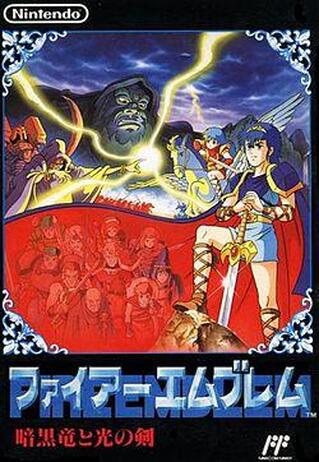
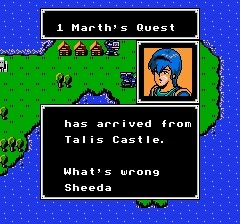
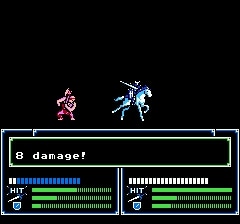
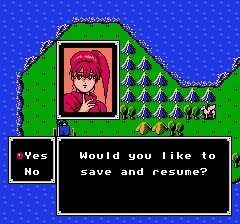
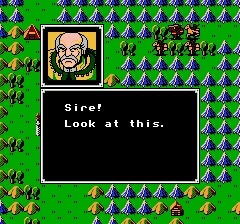
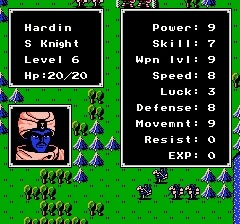
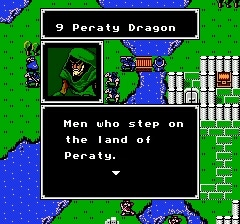
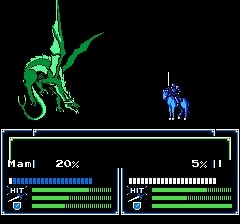
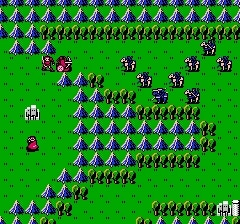
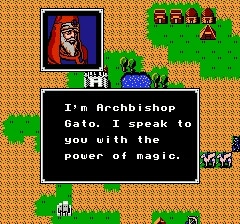
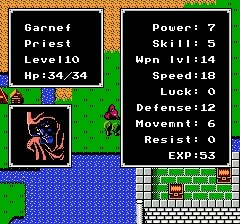
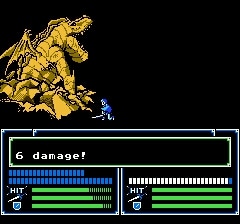
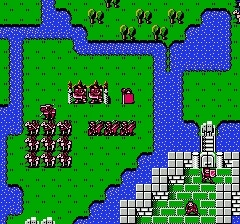
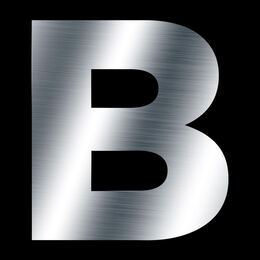

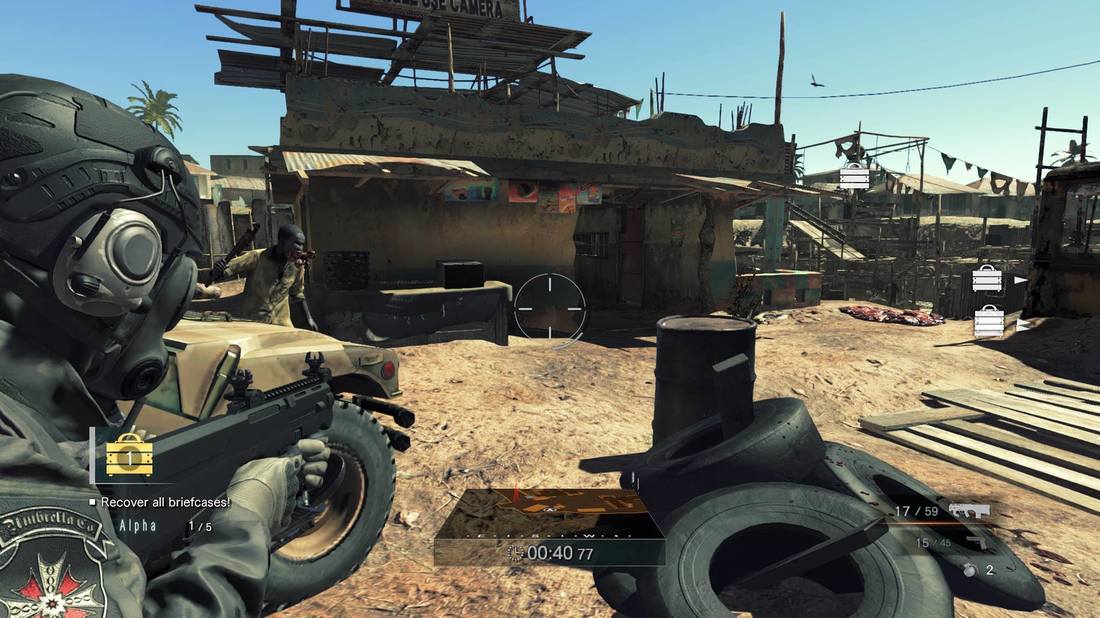
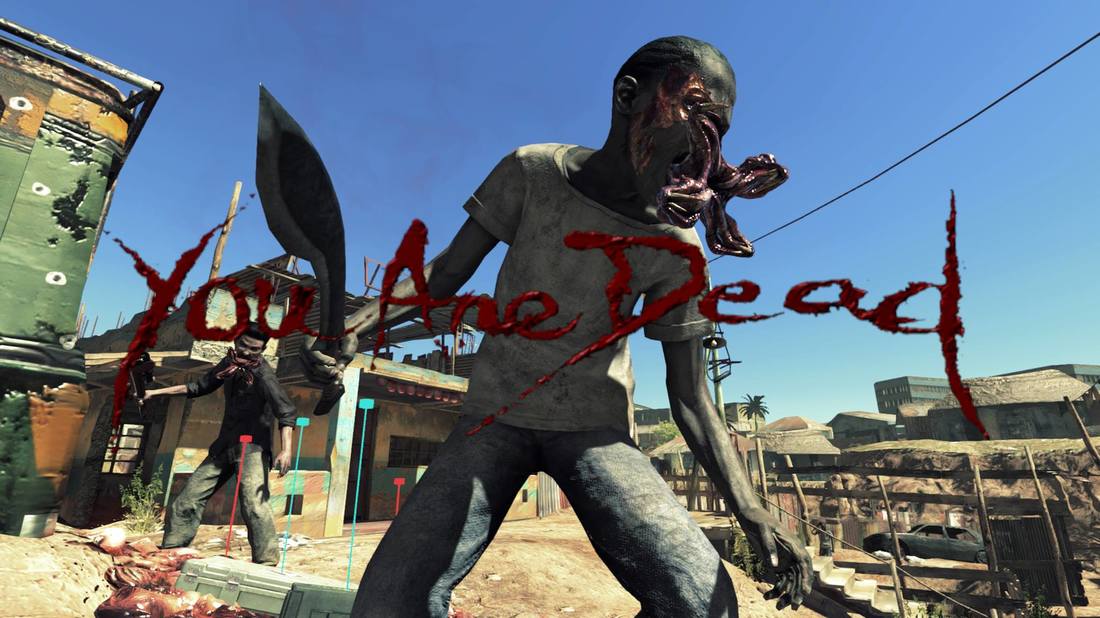
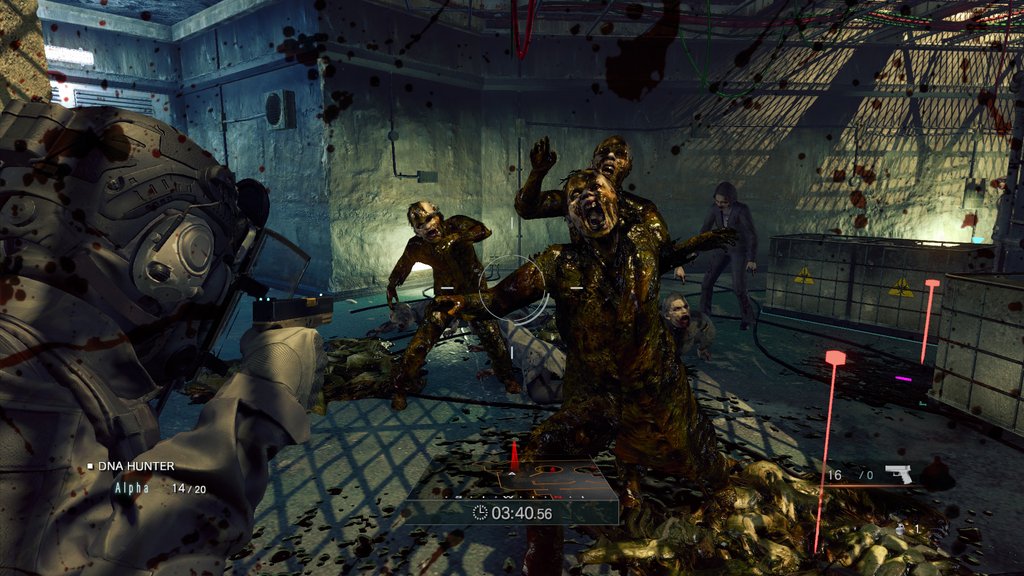
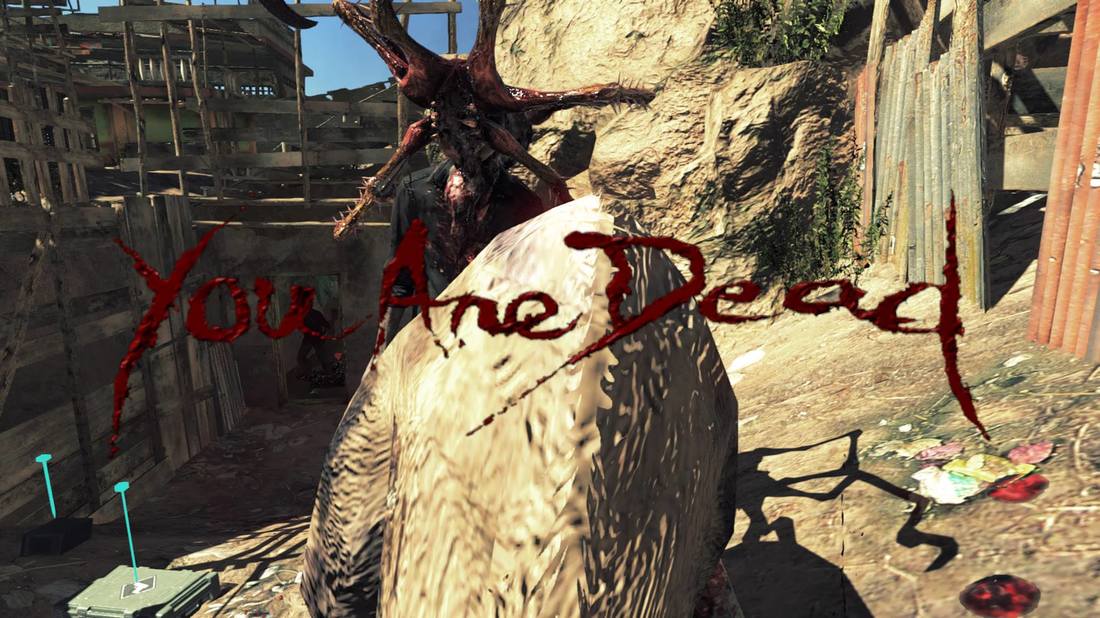

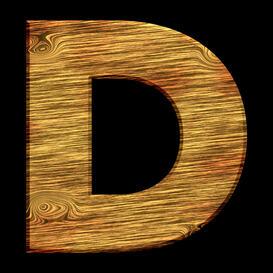

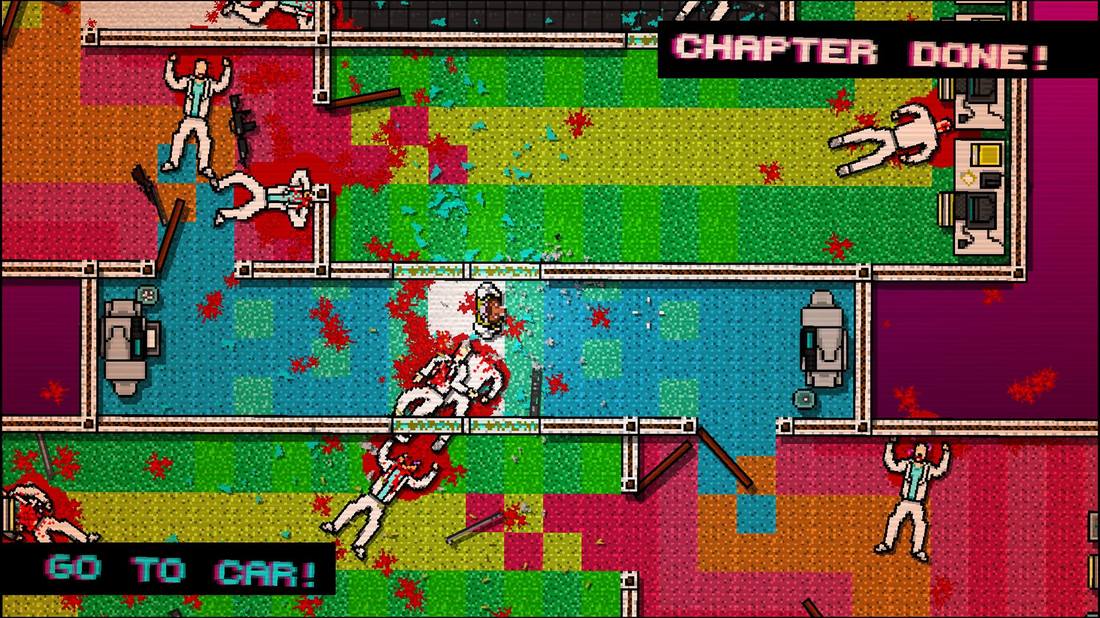
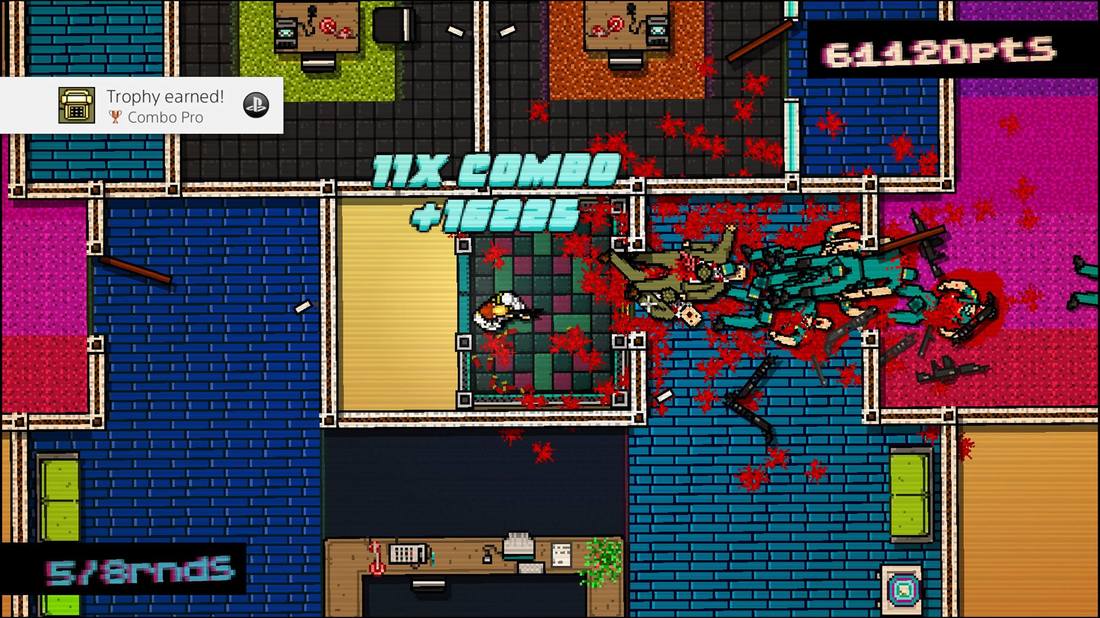
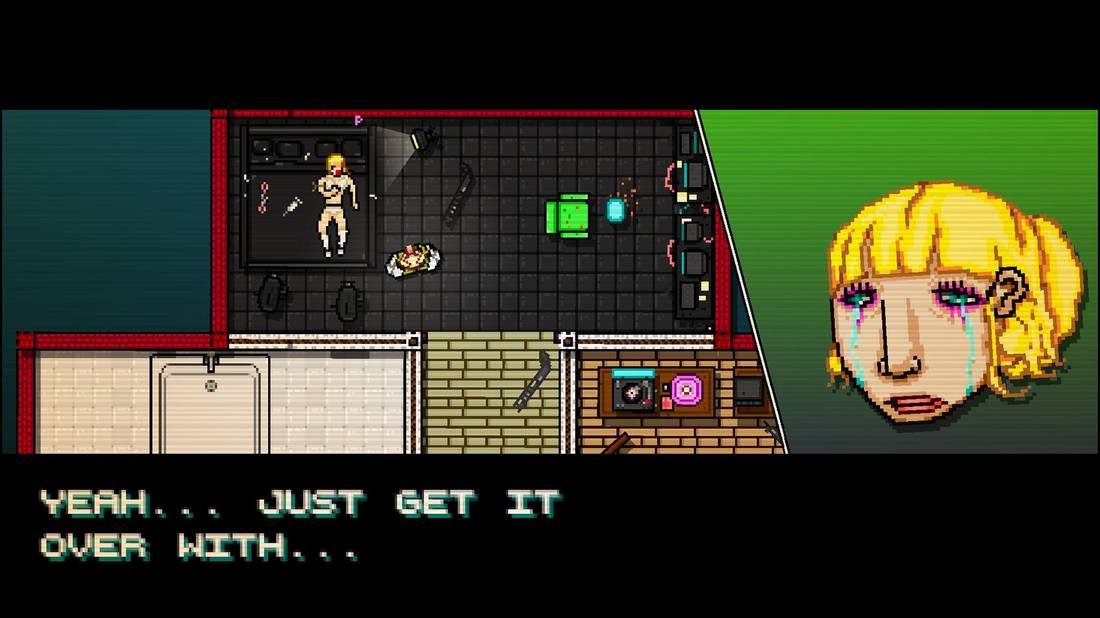
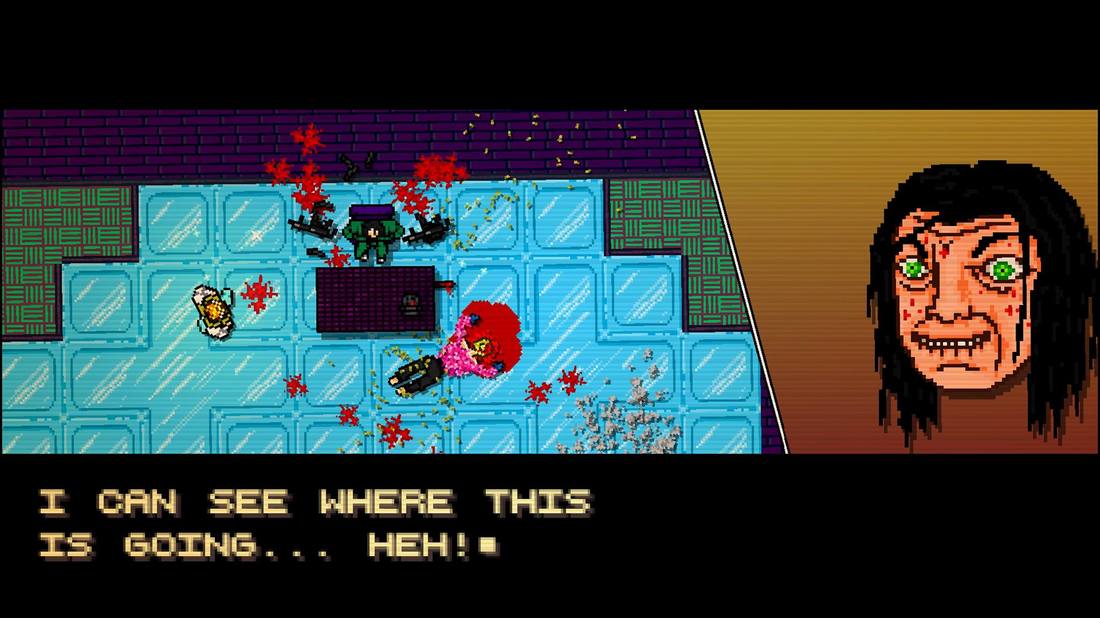
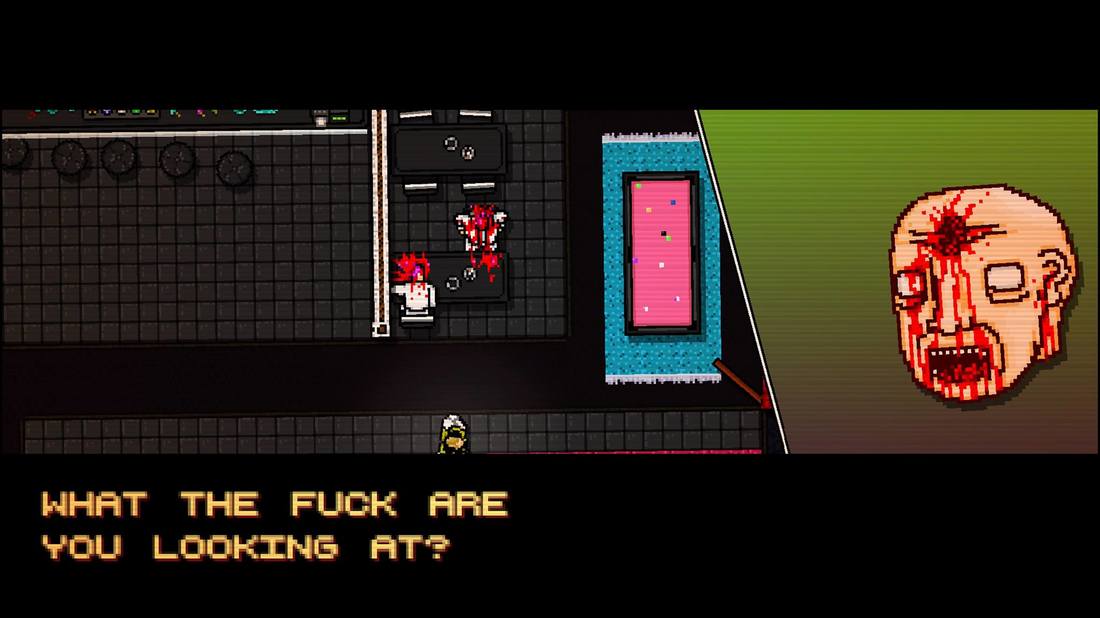
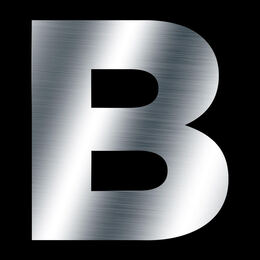
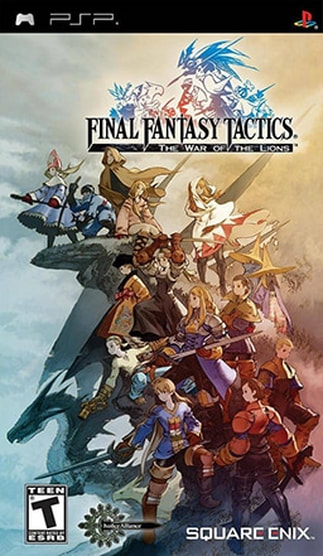
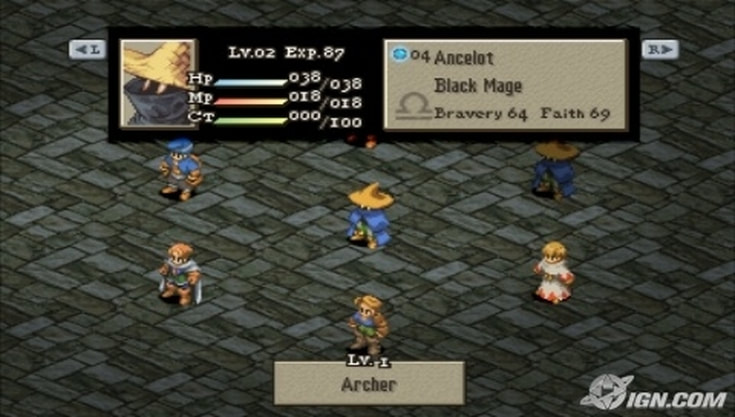
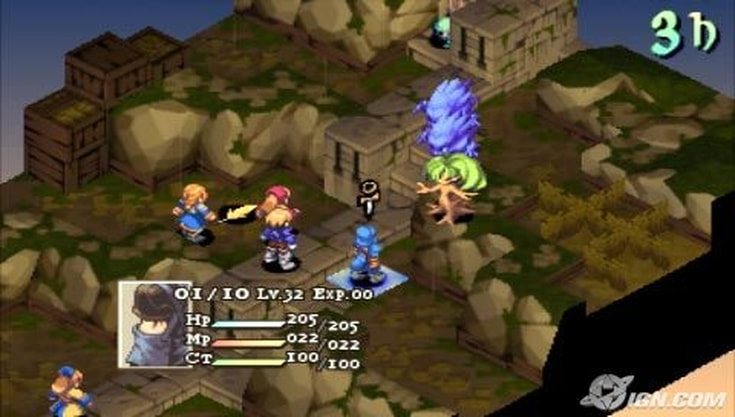
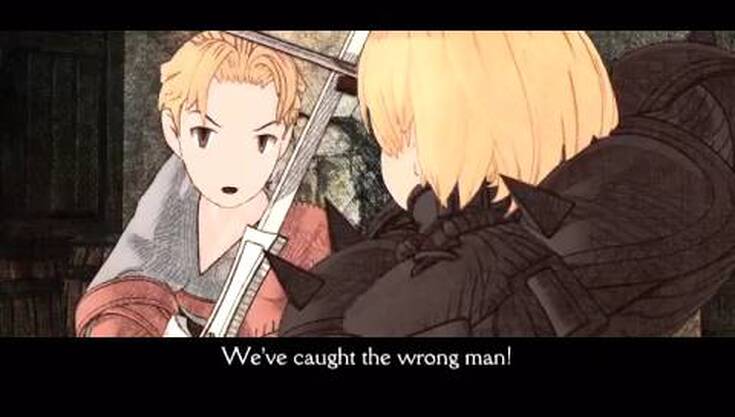
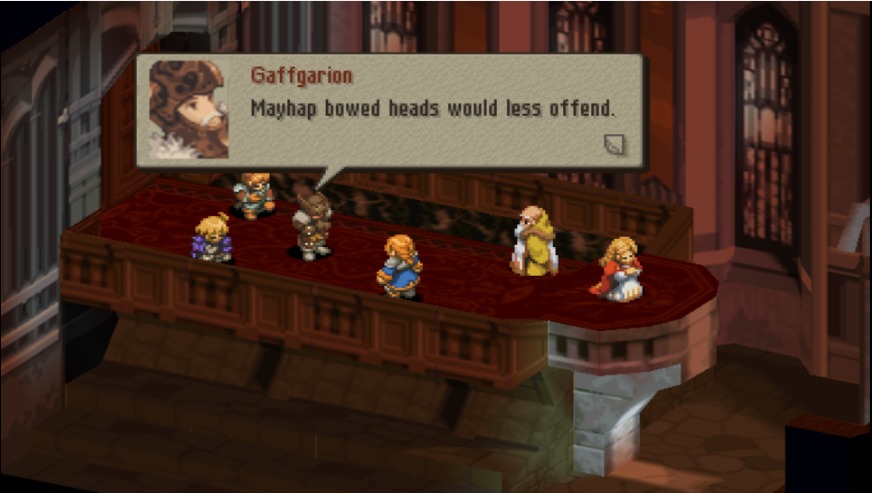
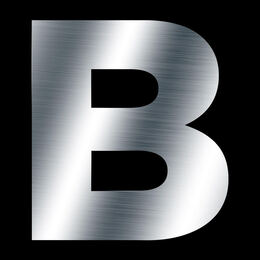
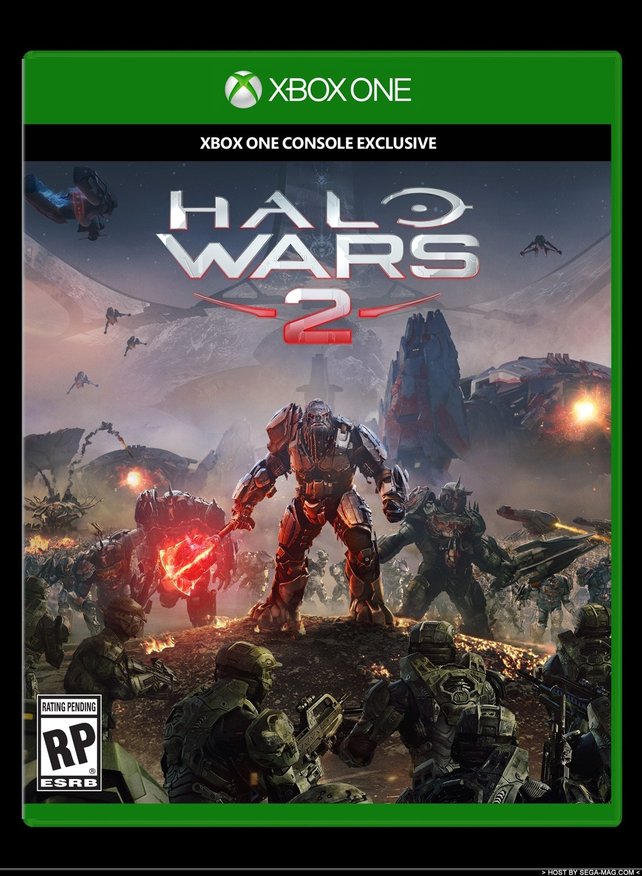
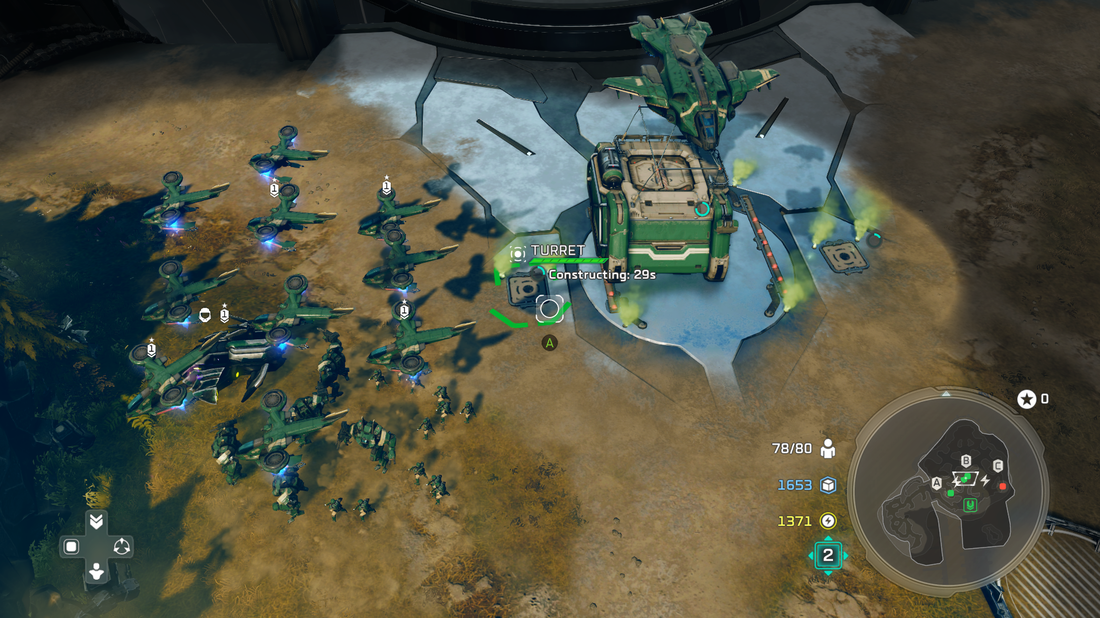
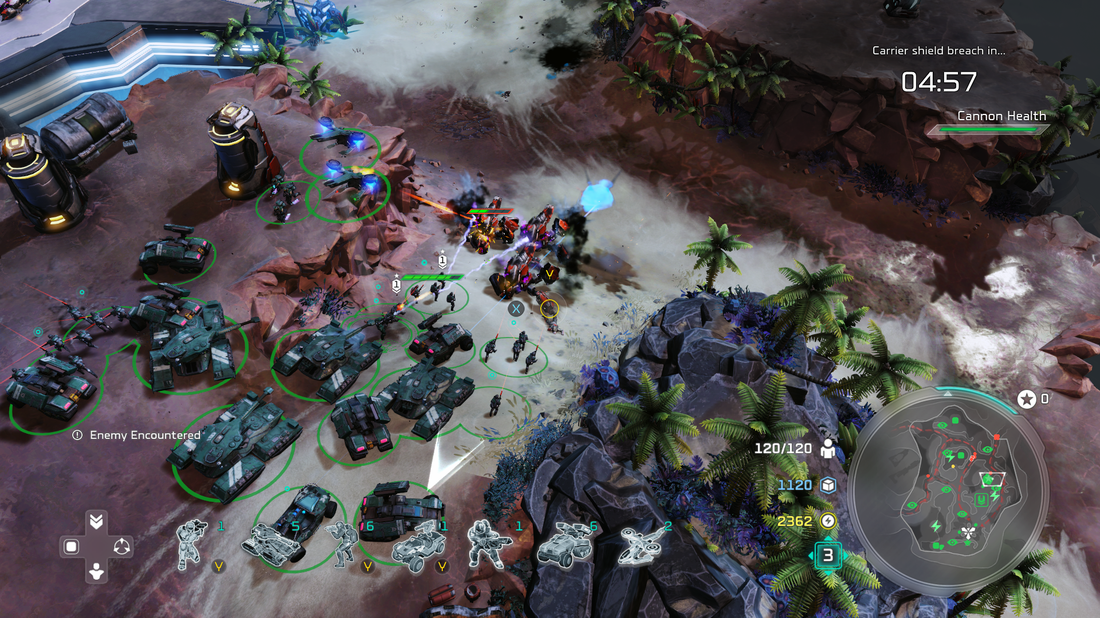
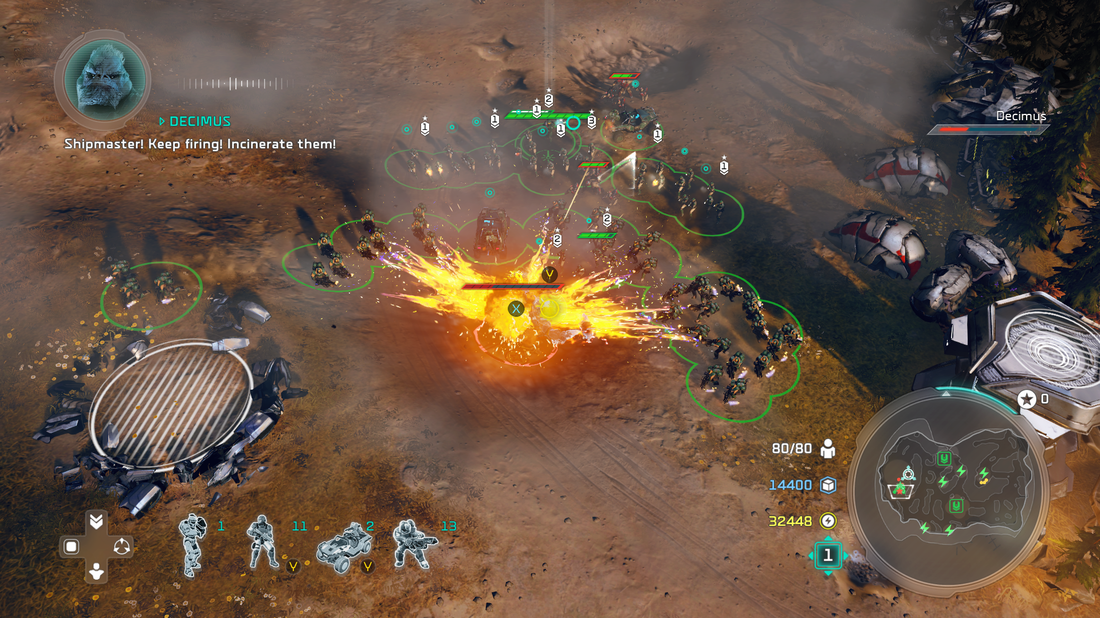
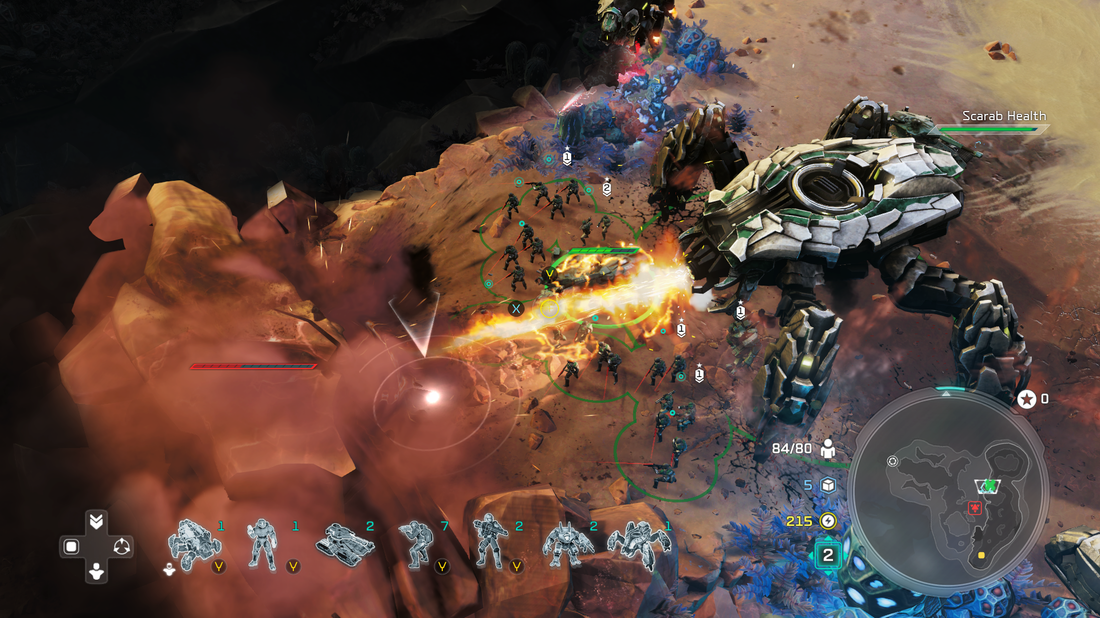
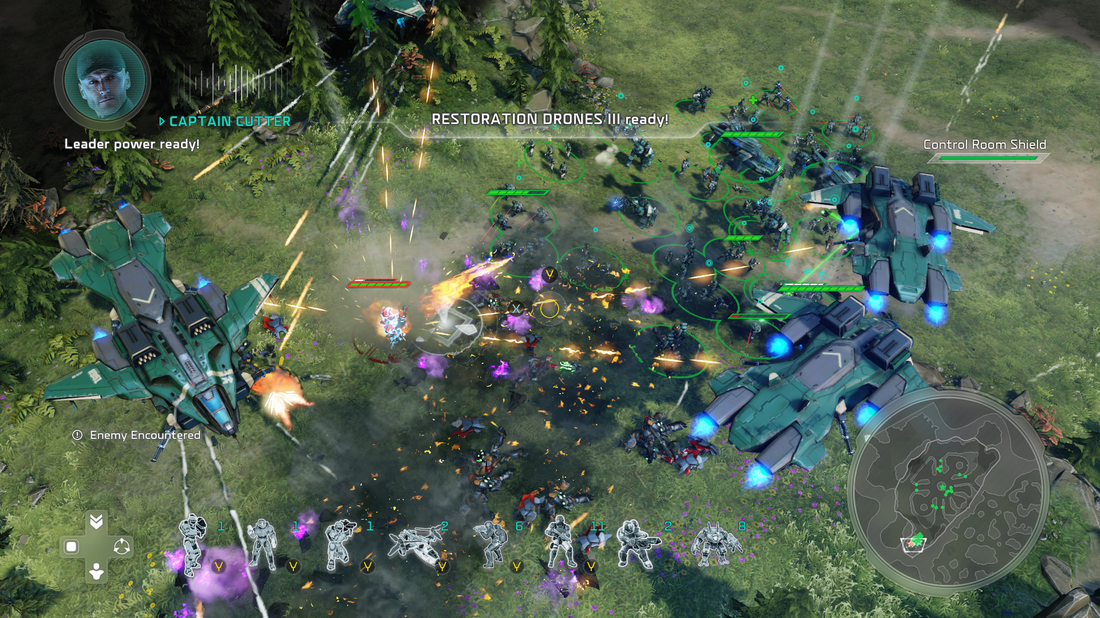

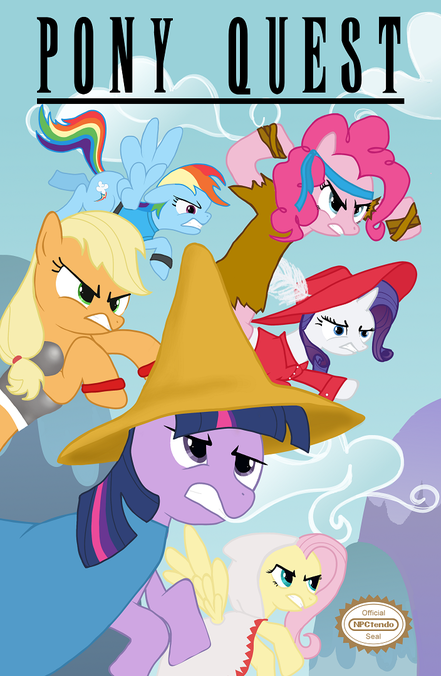
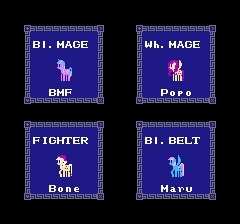
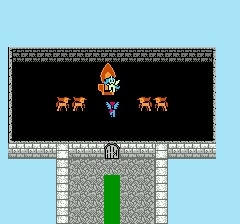


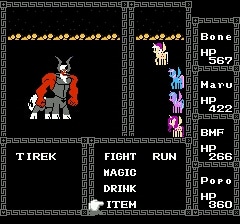

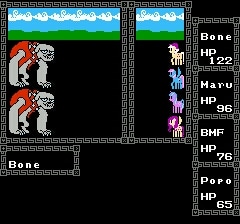

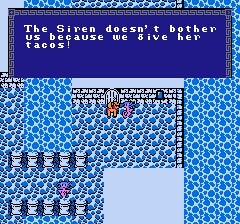
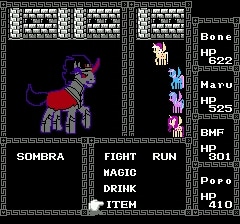

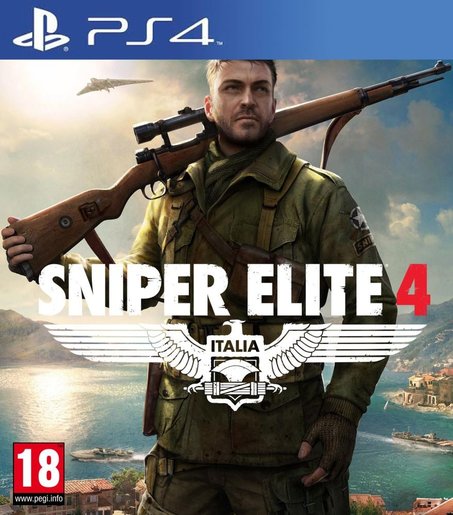
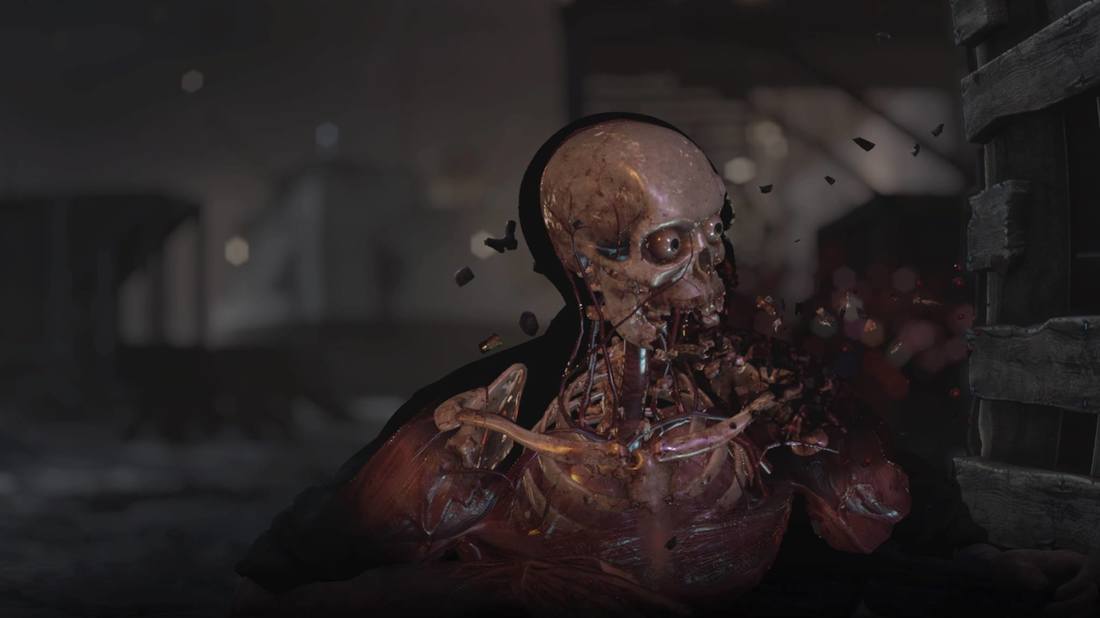
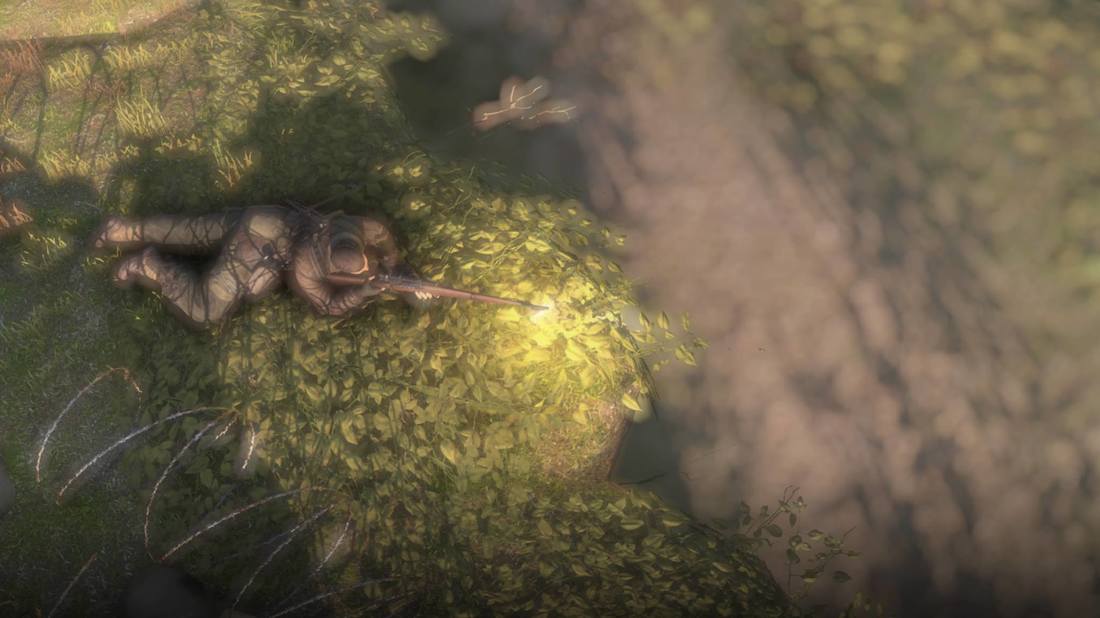
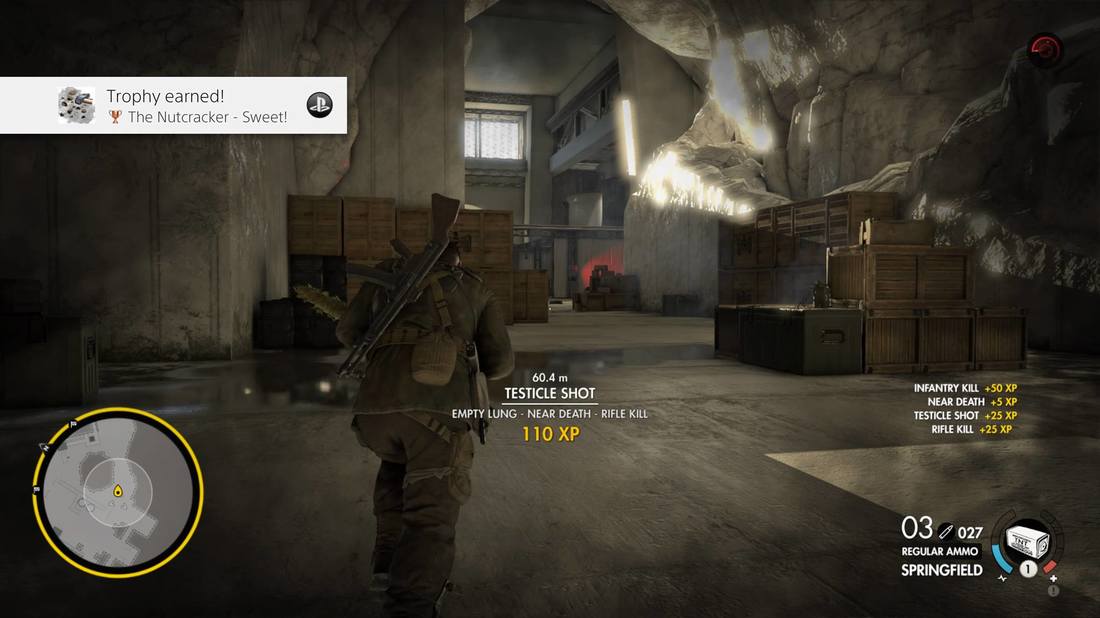
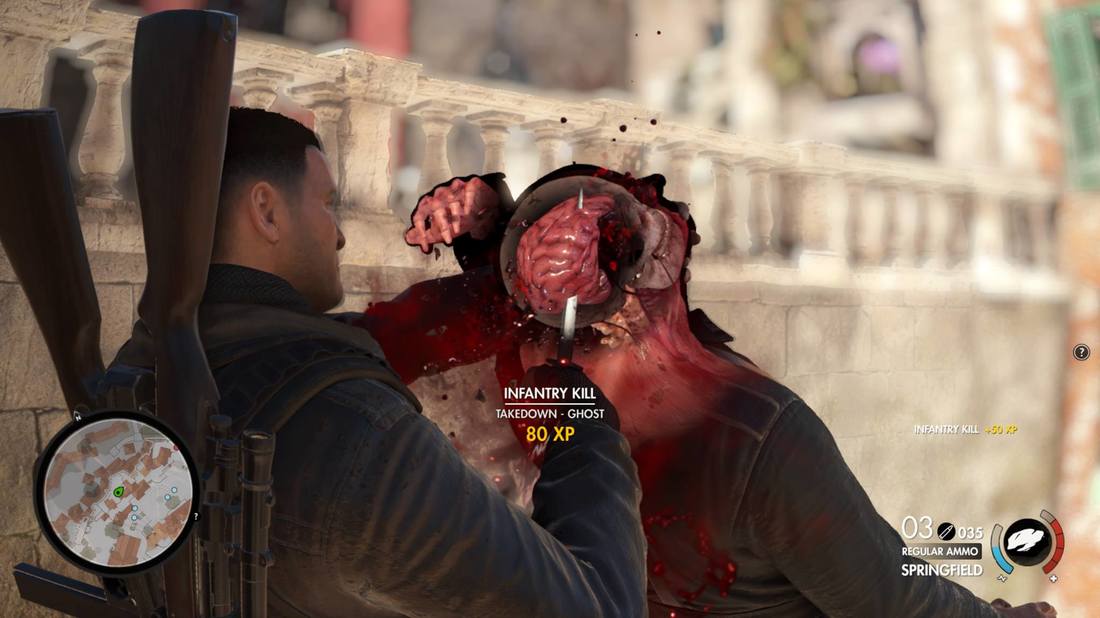
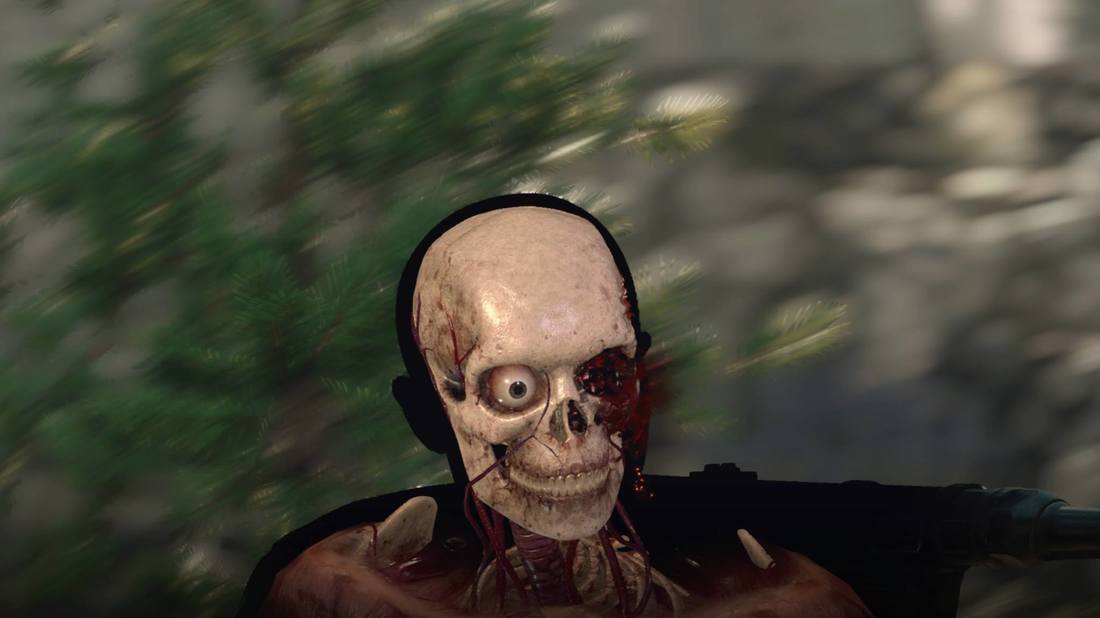
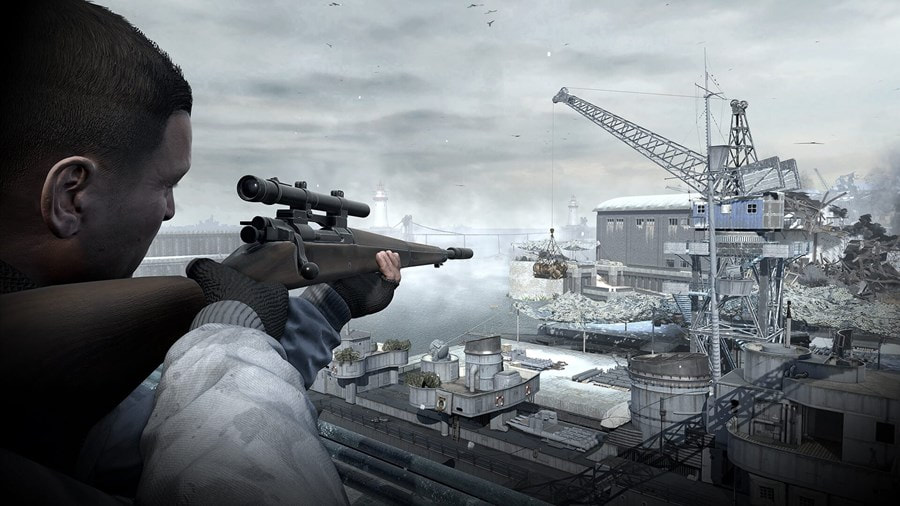
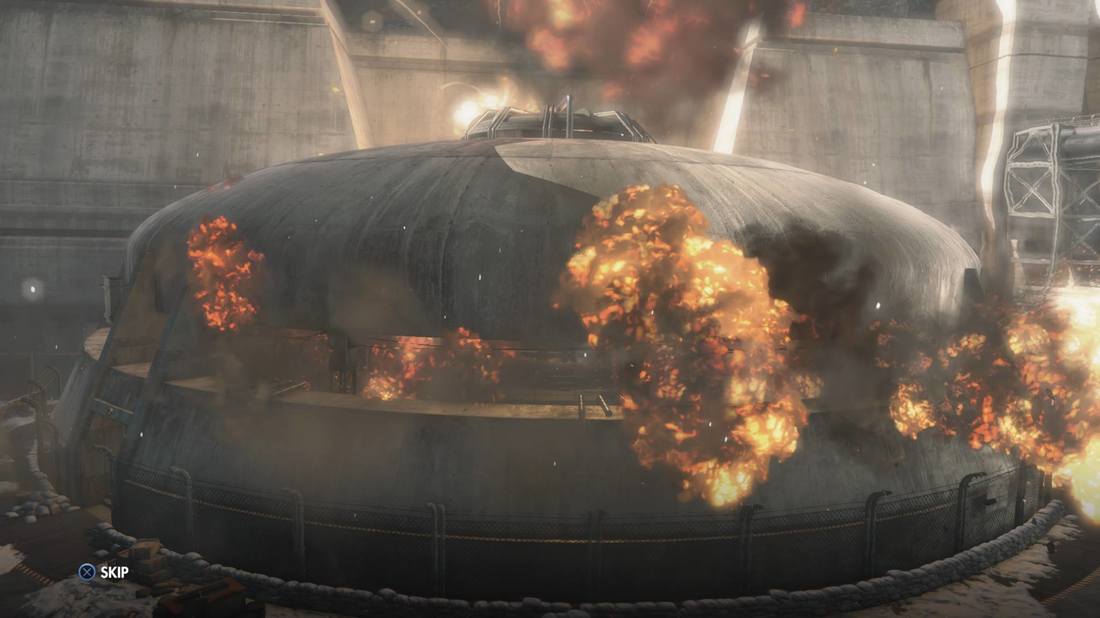

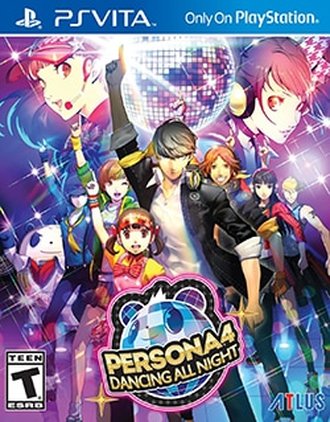
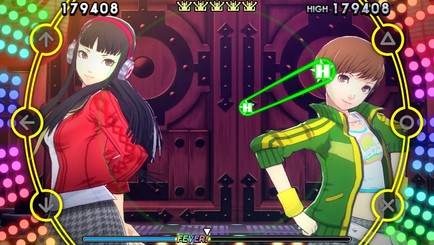
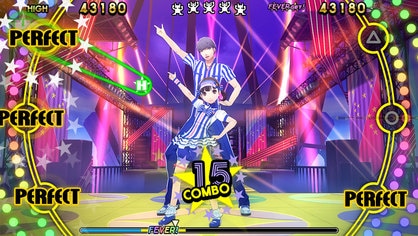
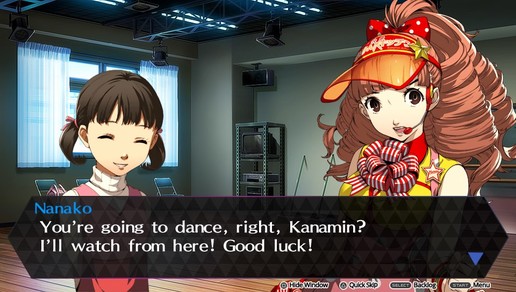
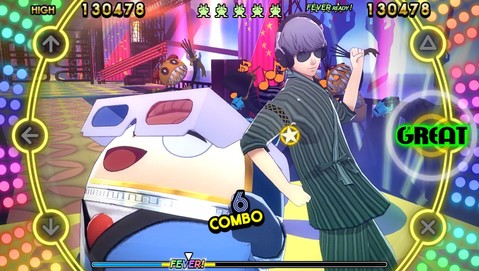

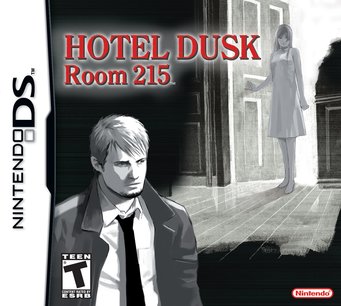
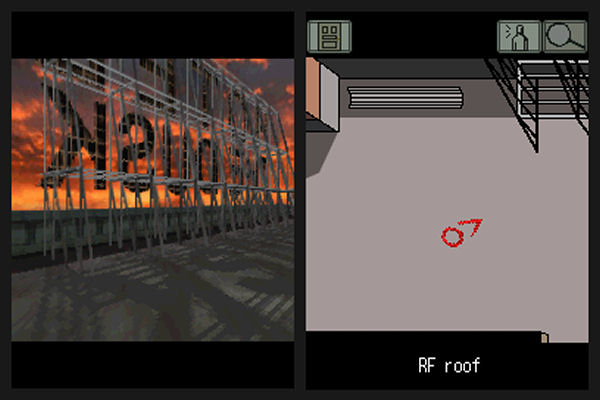
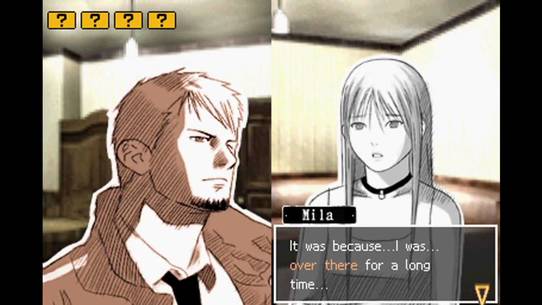
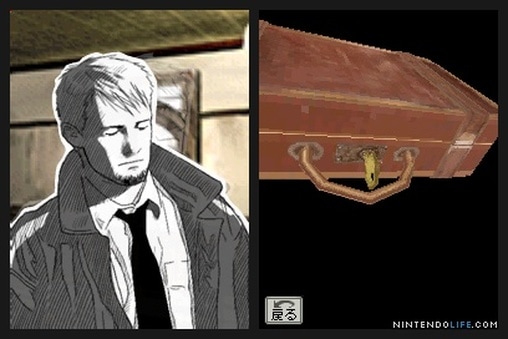
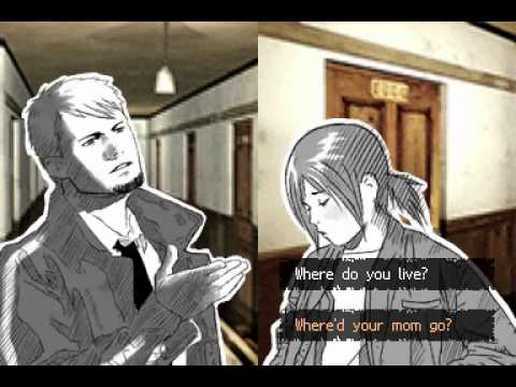

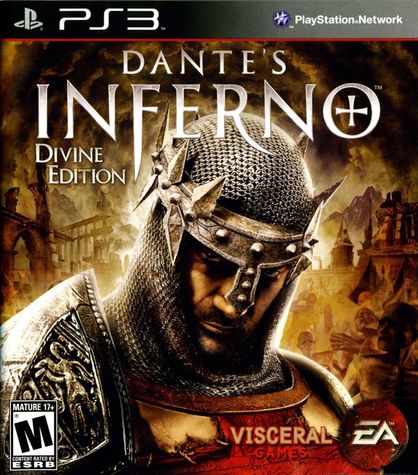
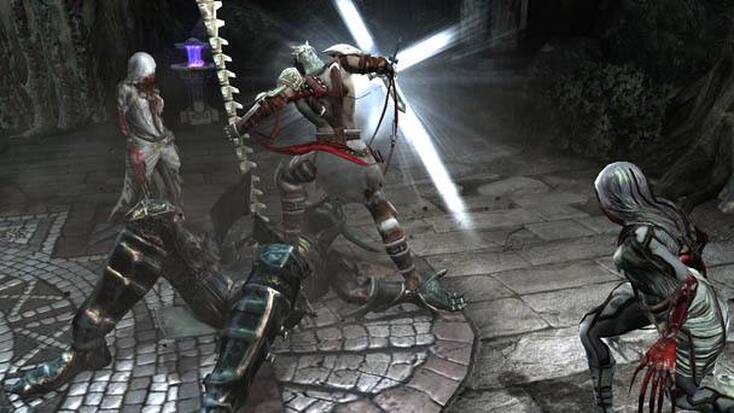
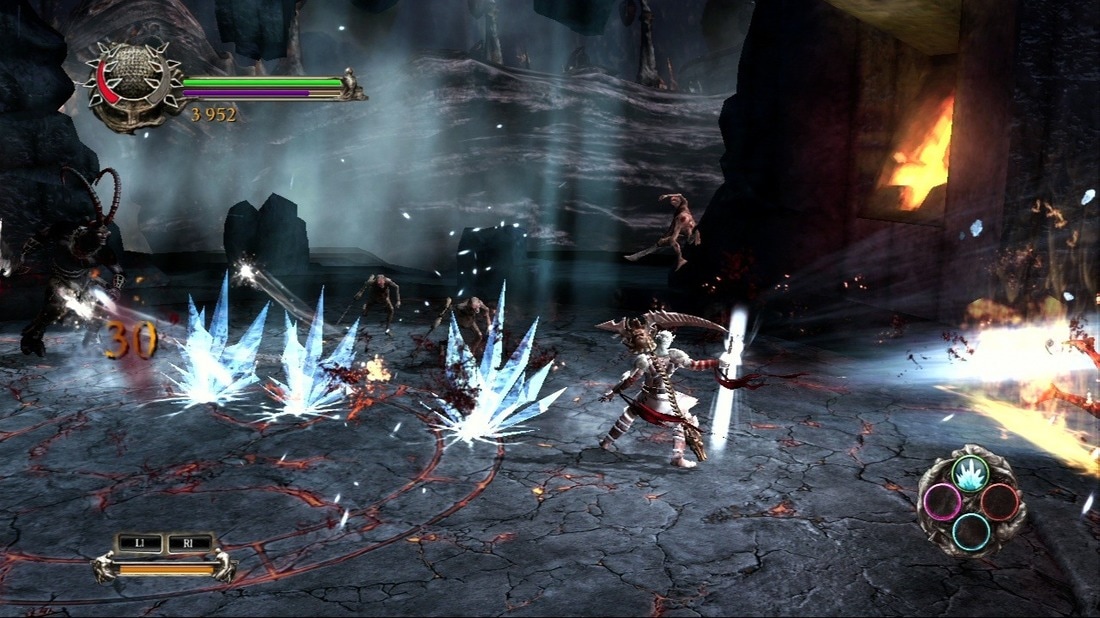
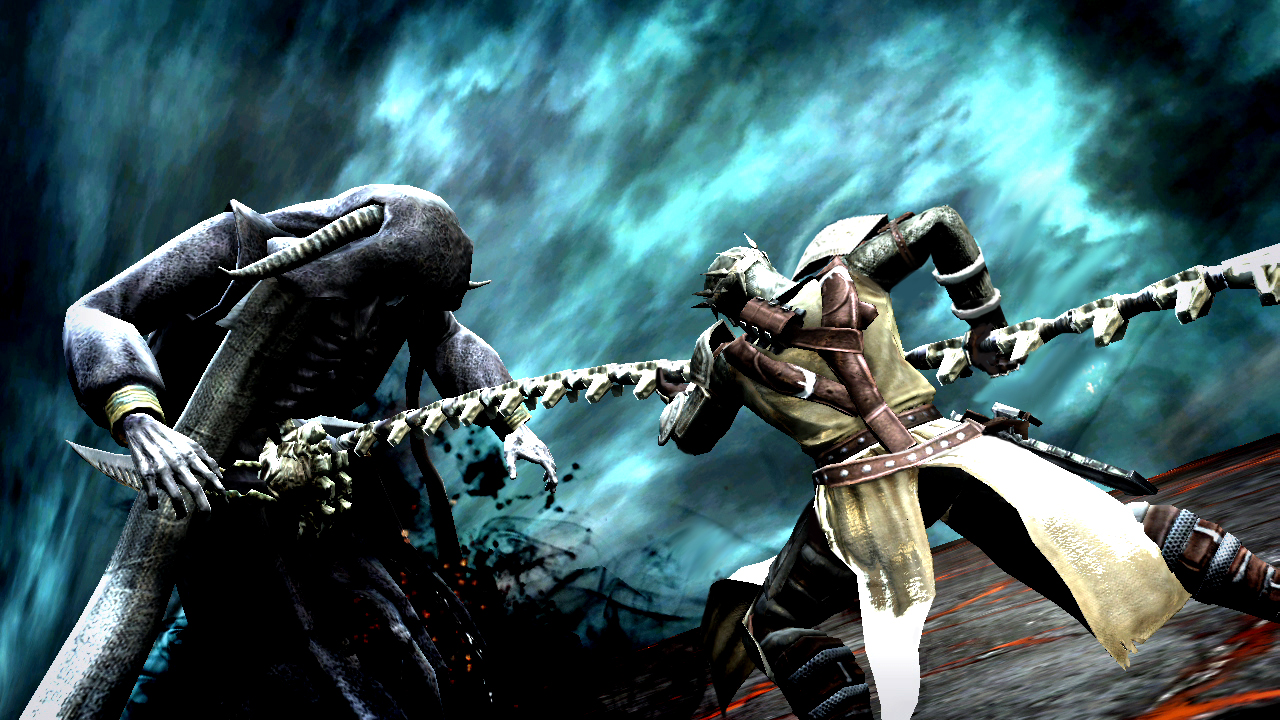
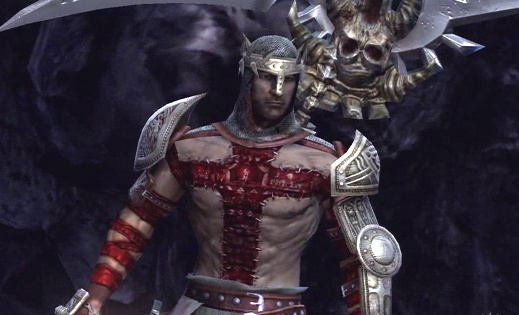

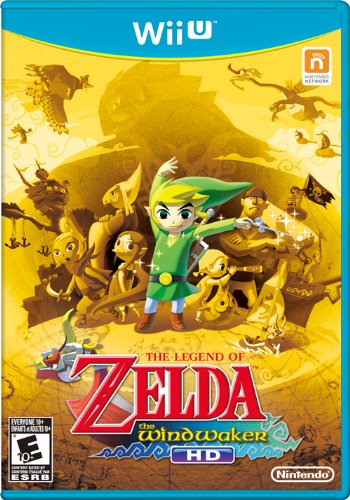
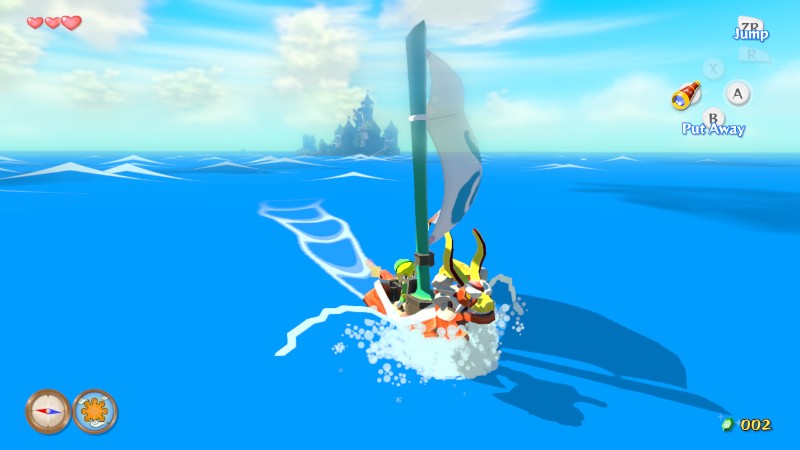
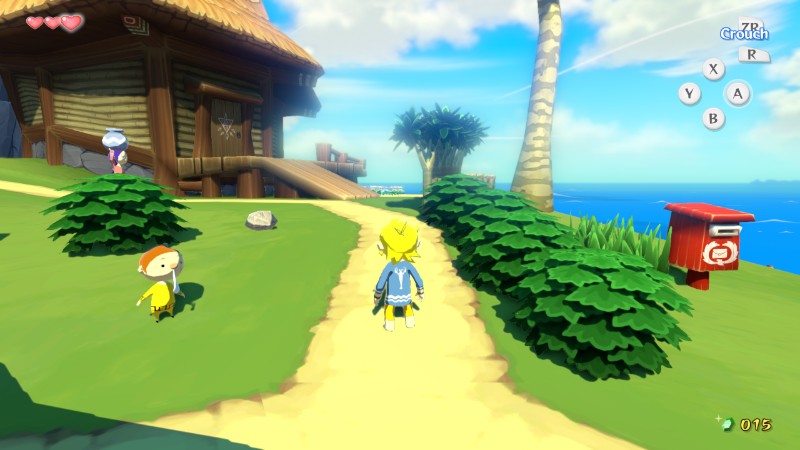
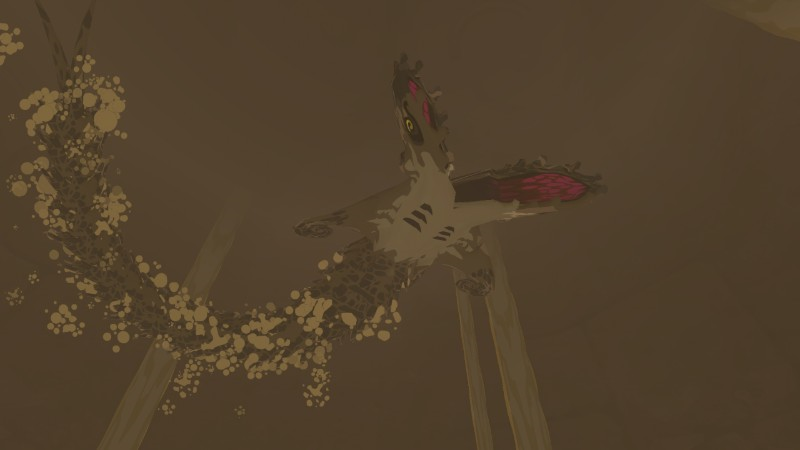
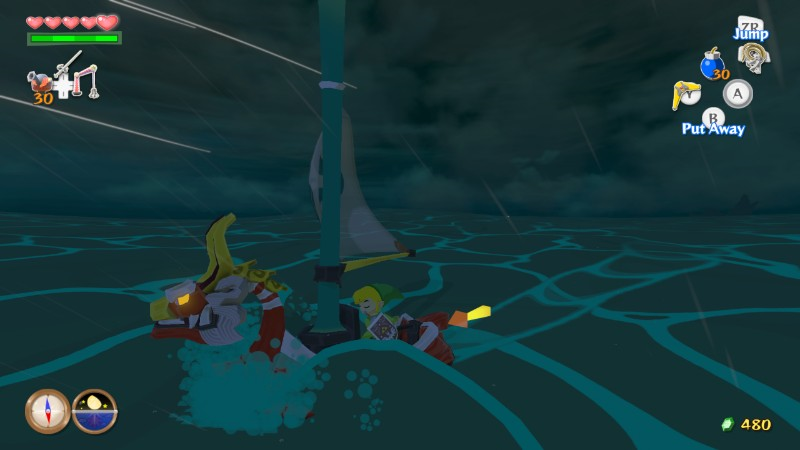
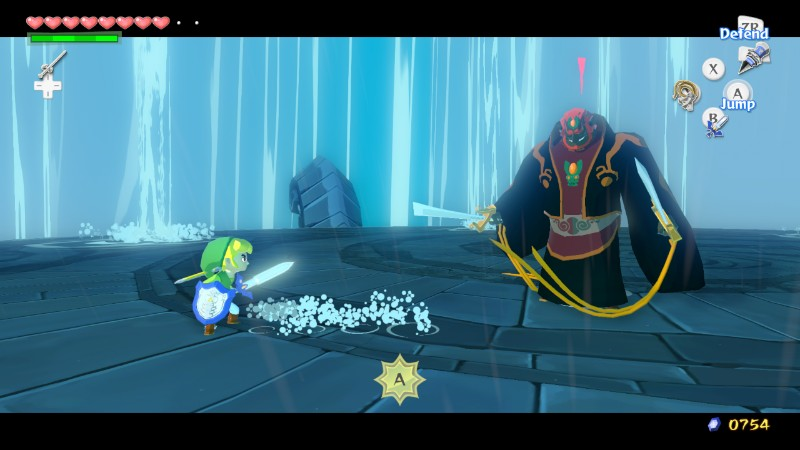
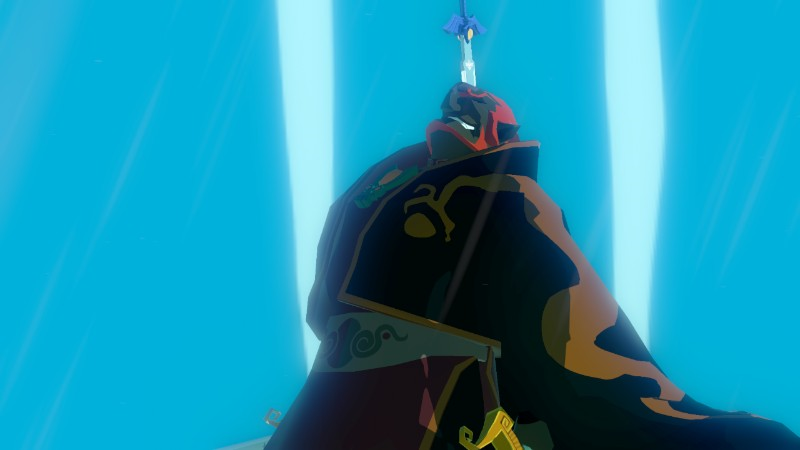

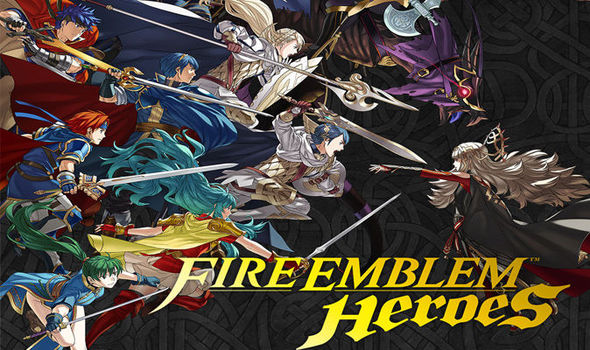
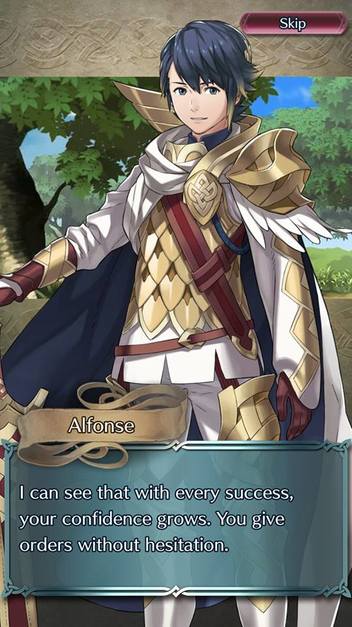
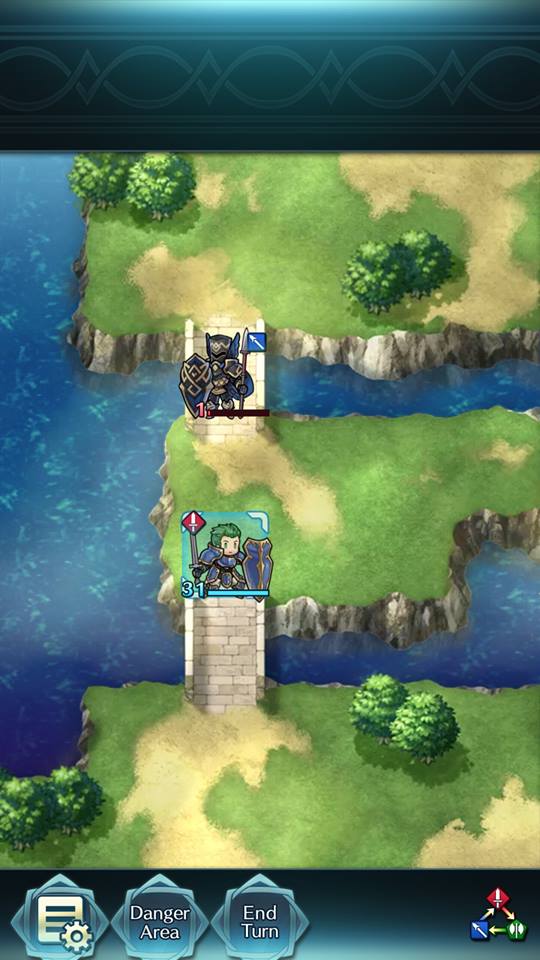
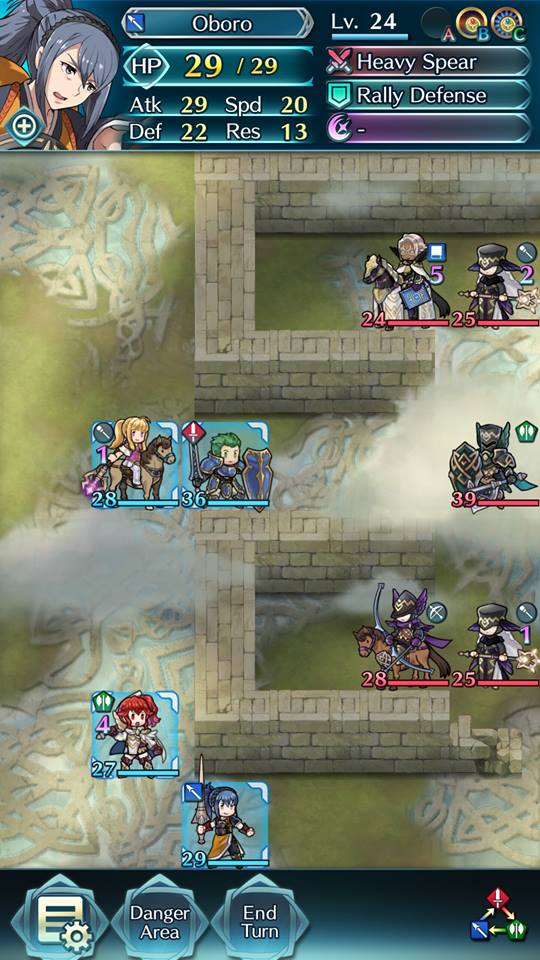
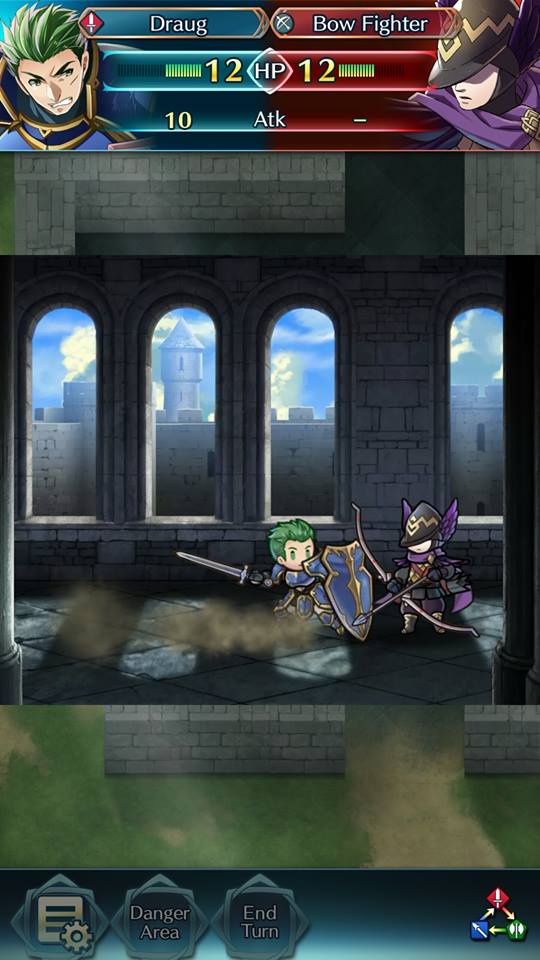
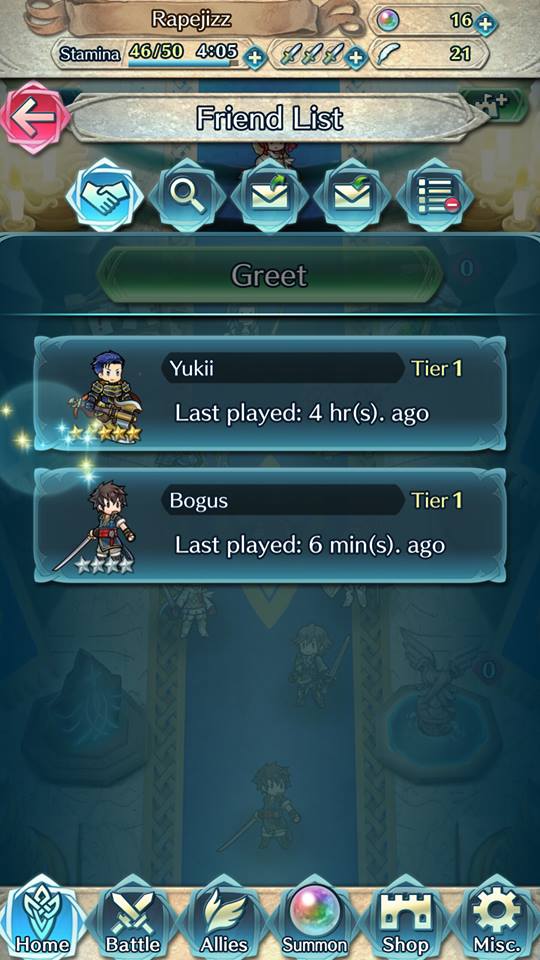
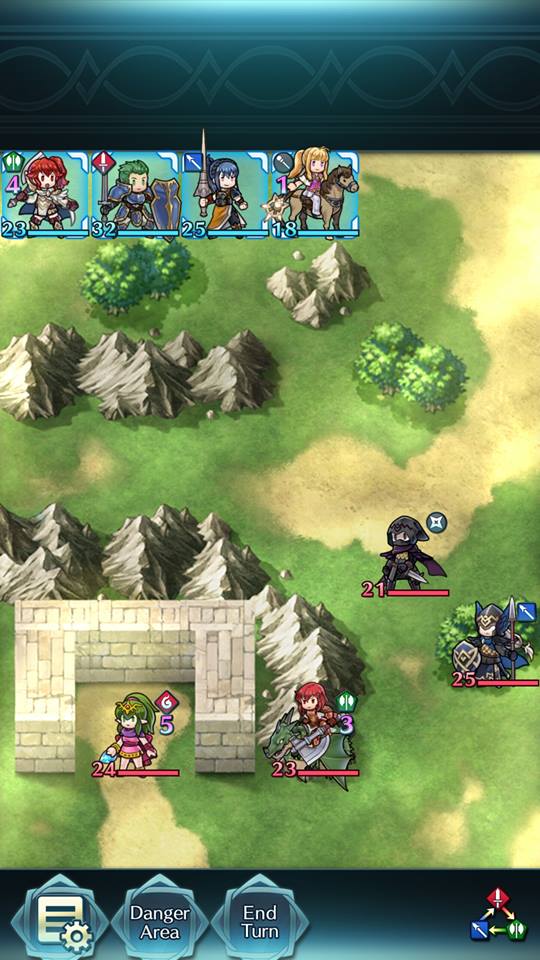
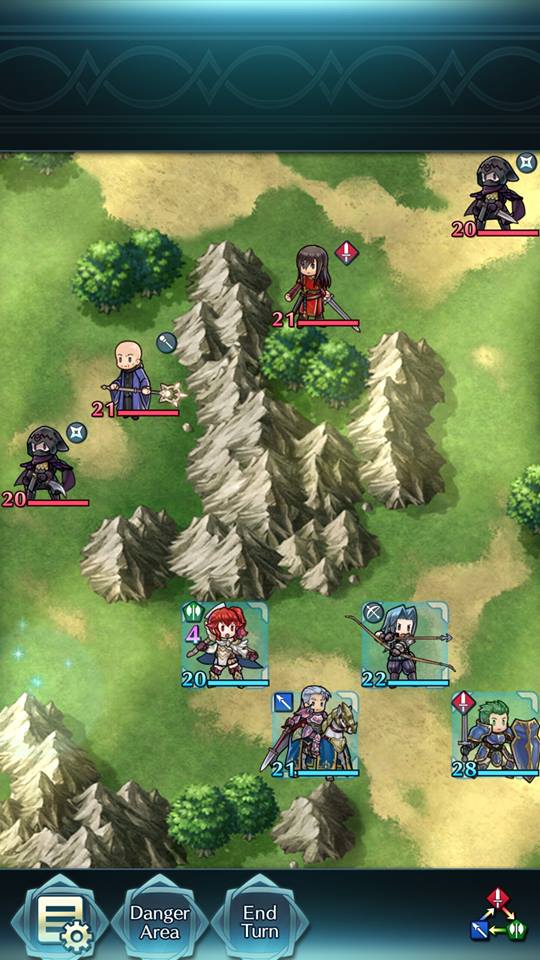

 RSS Feed
RSS Feed
